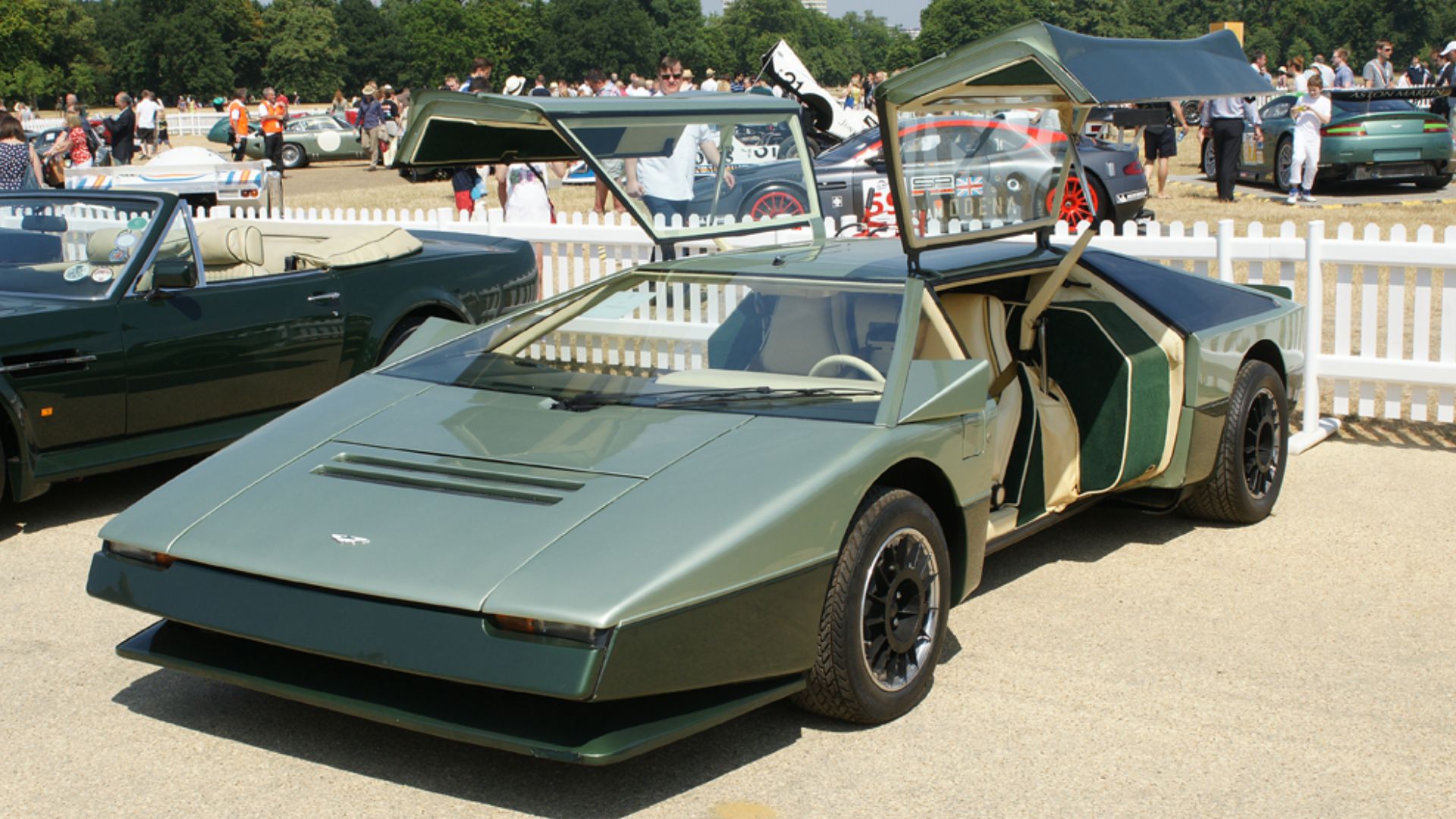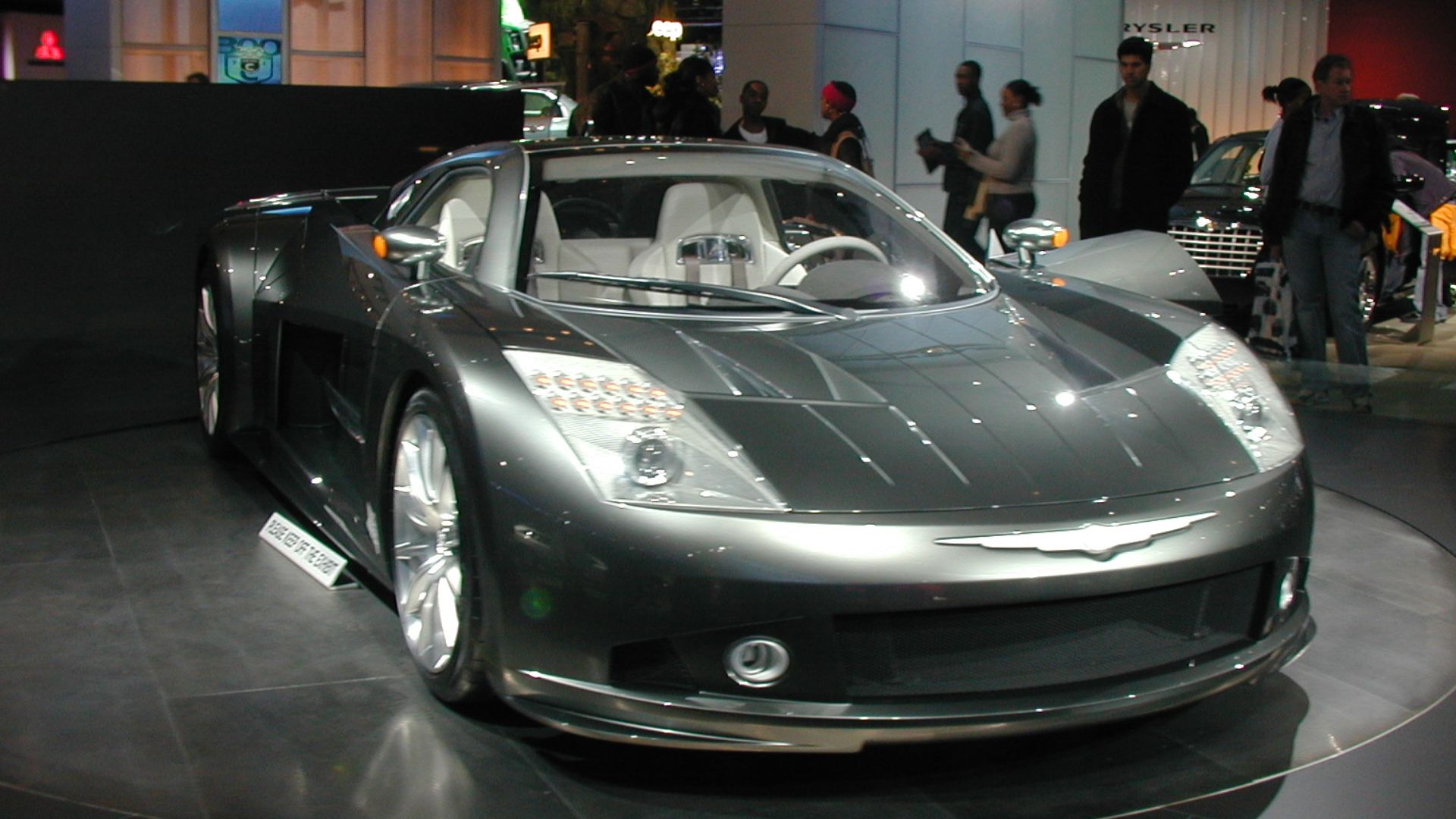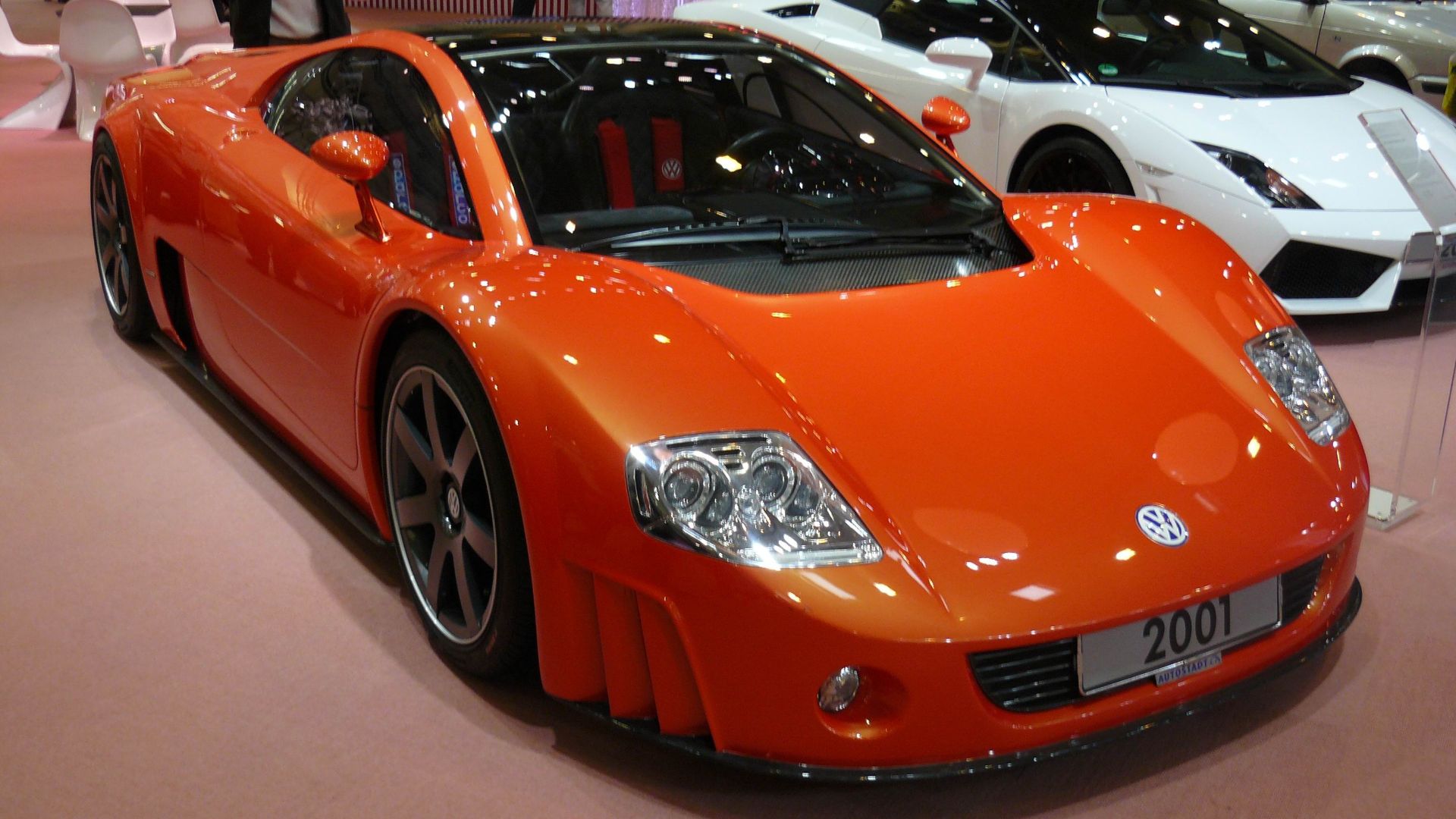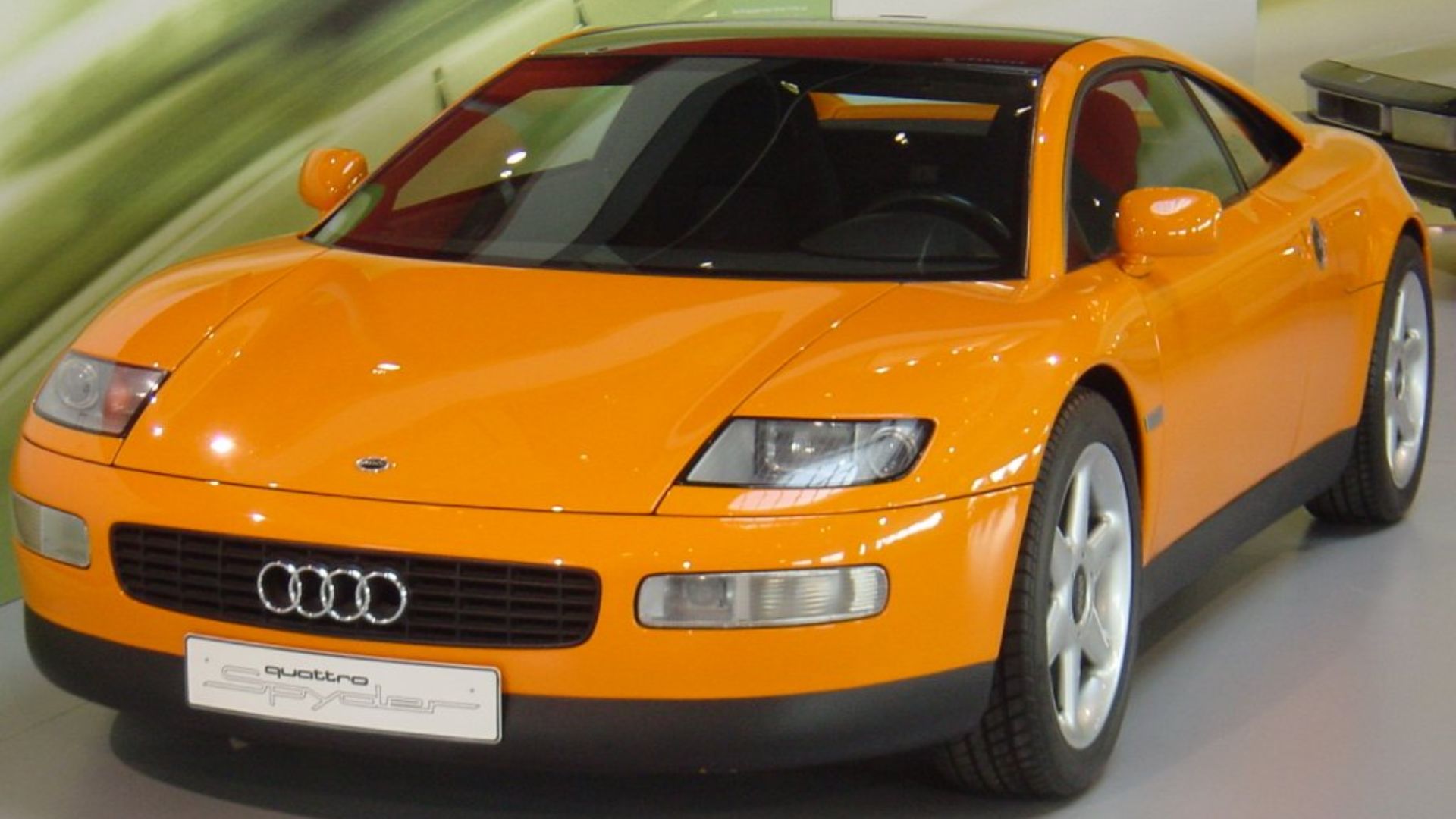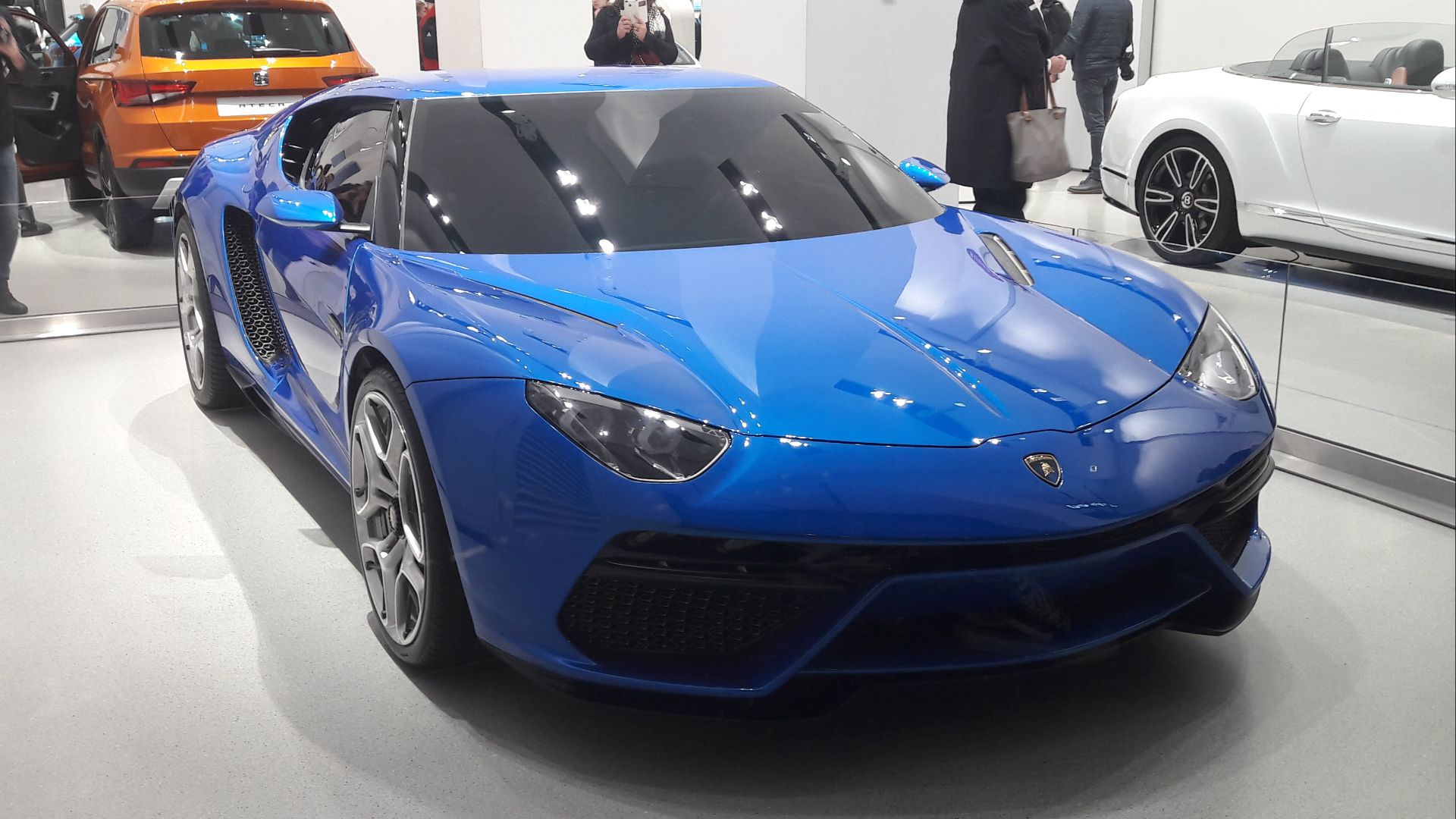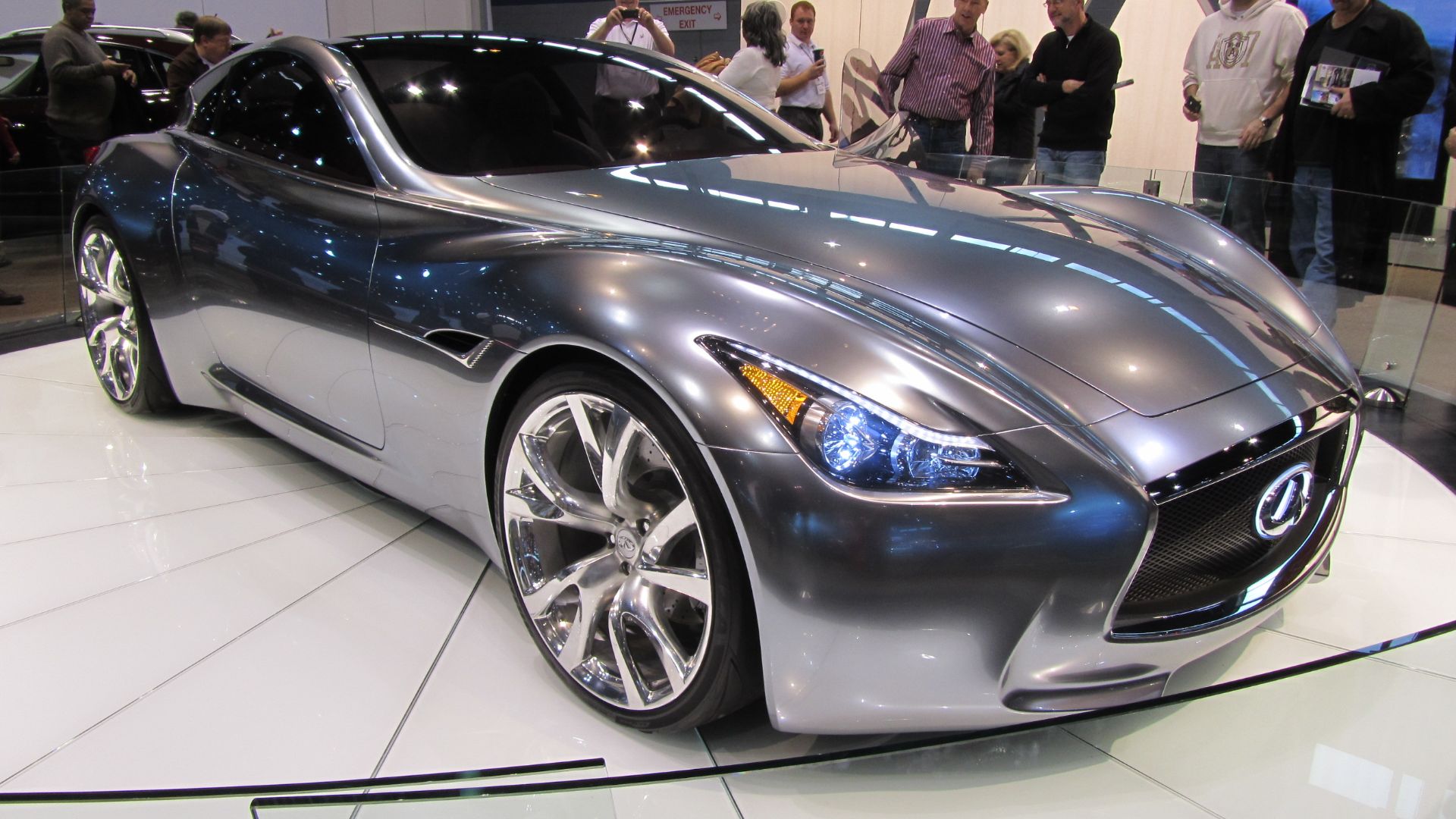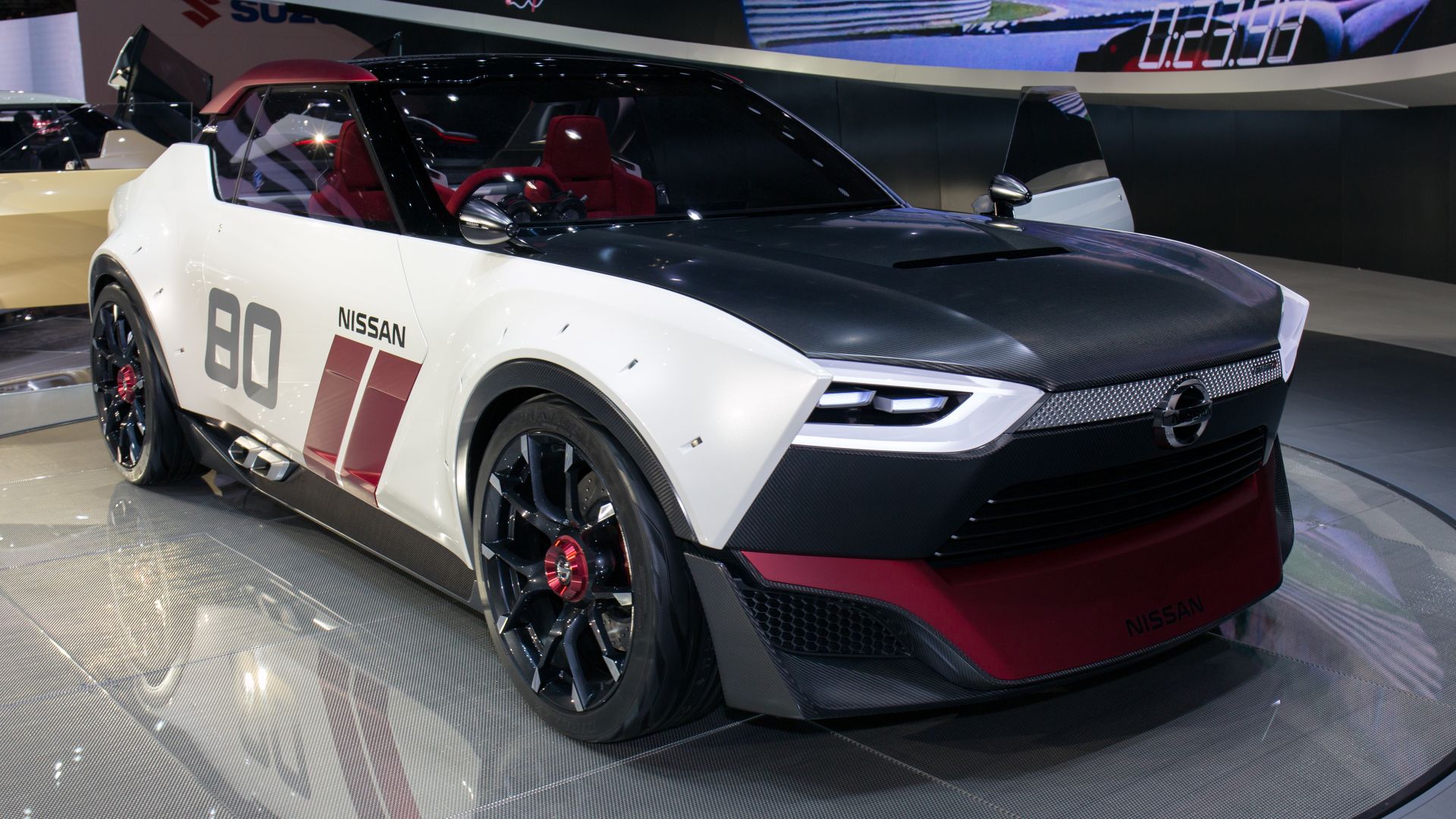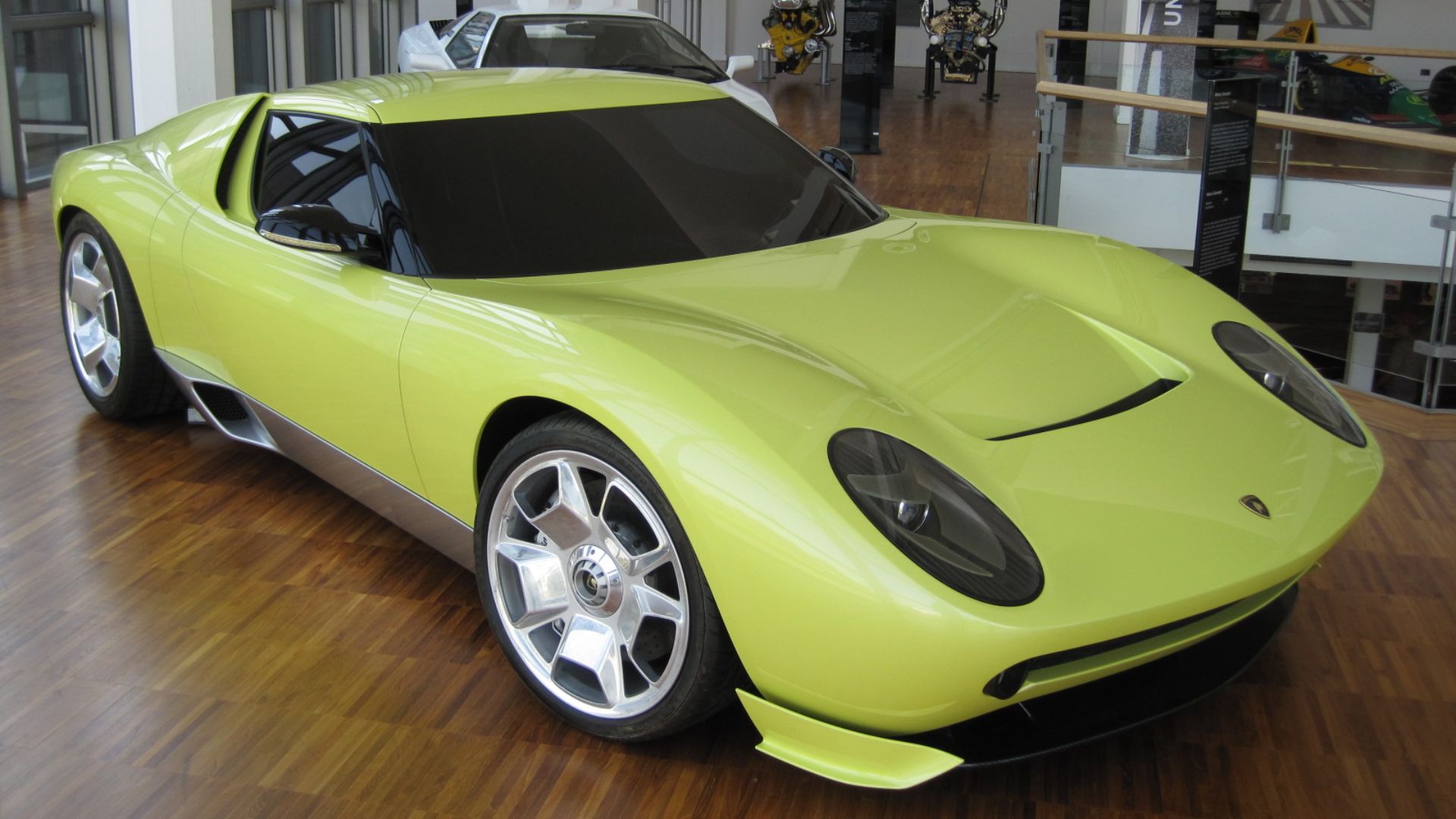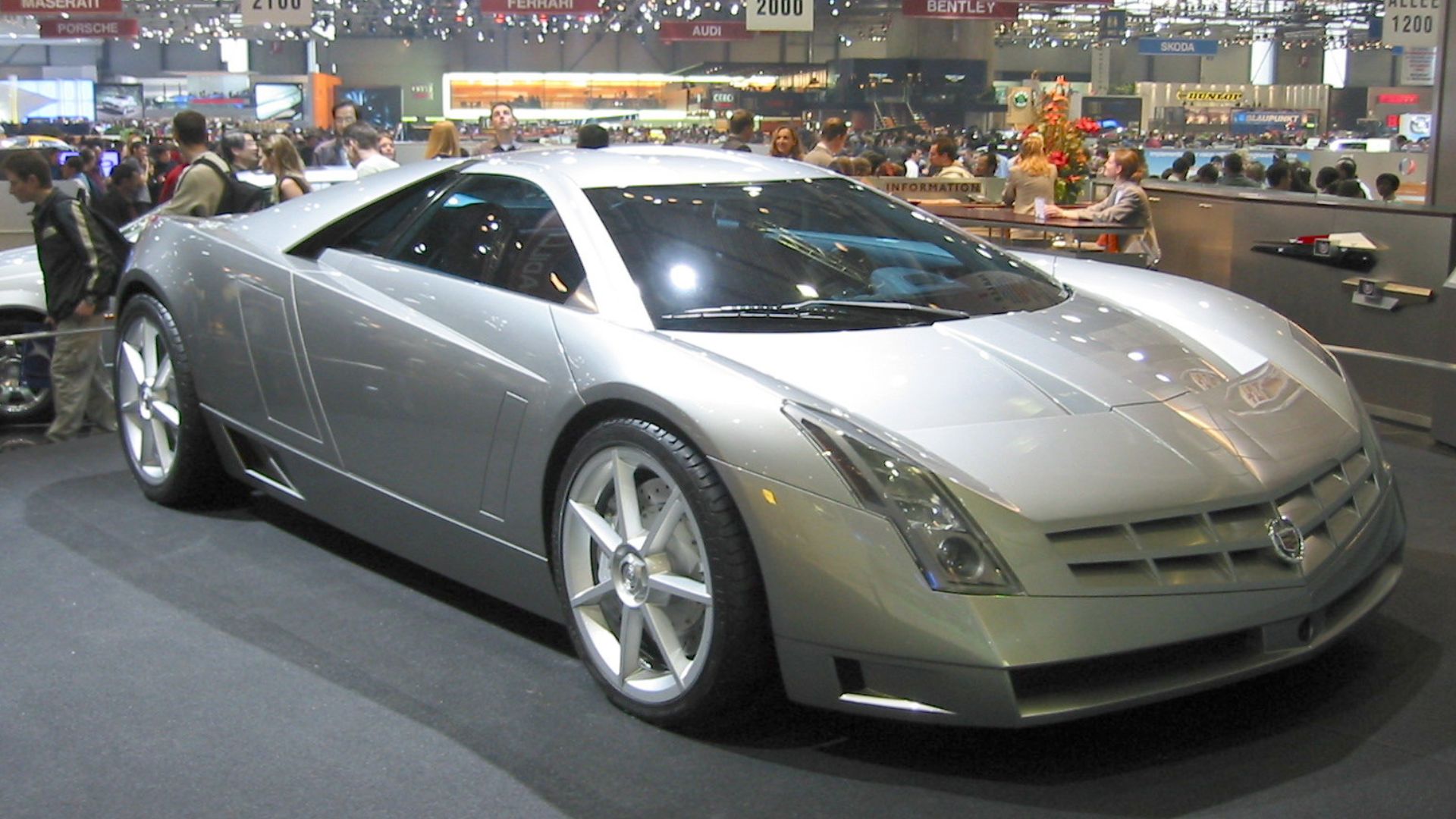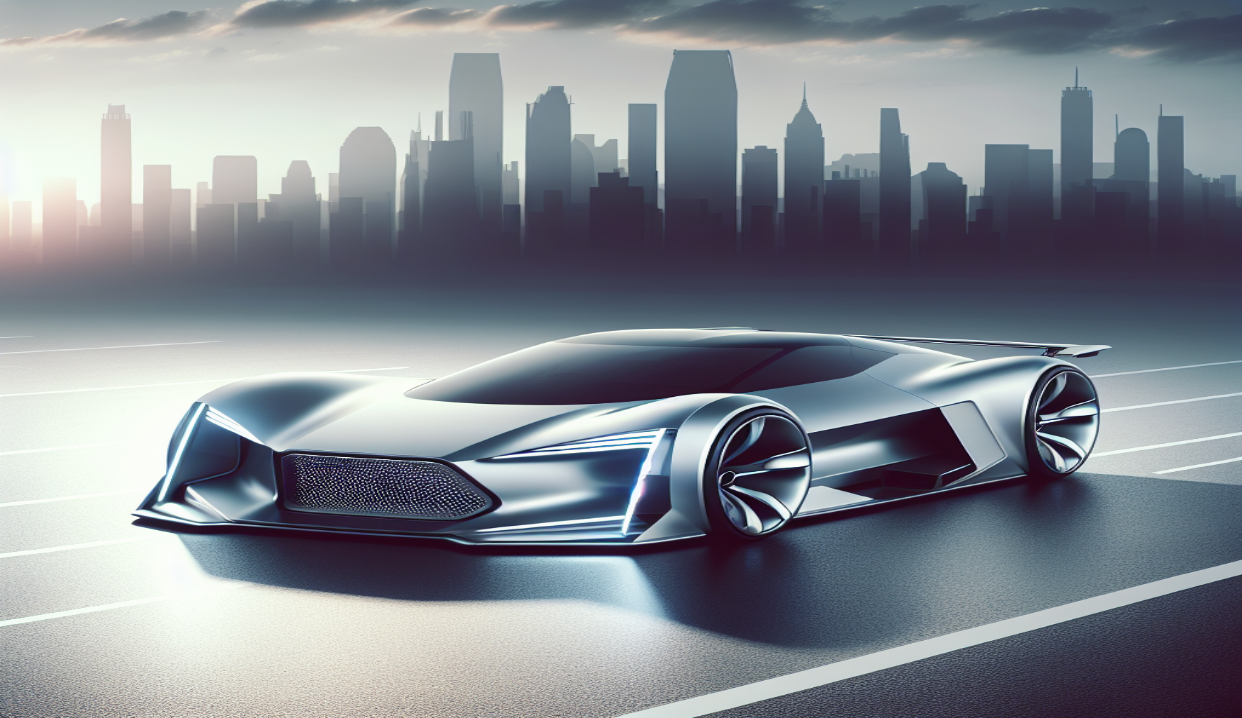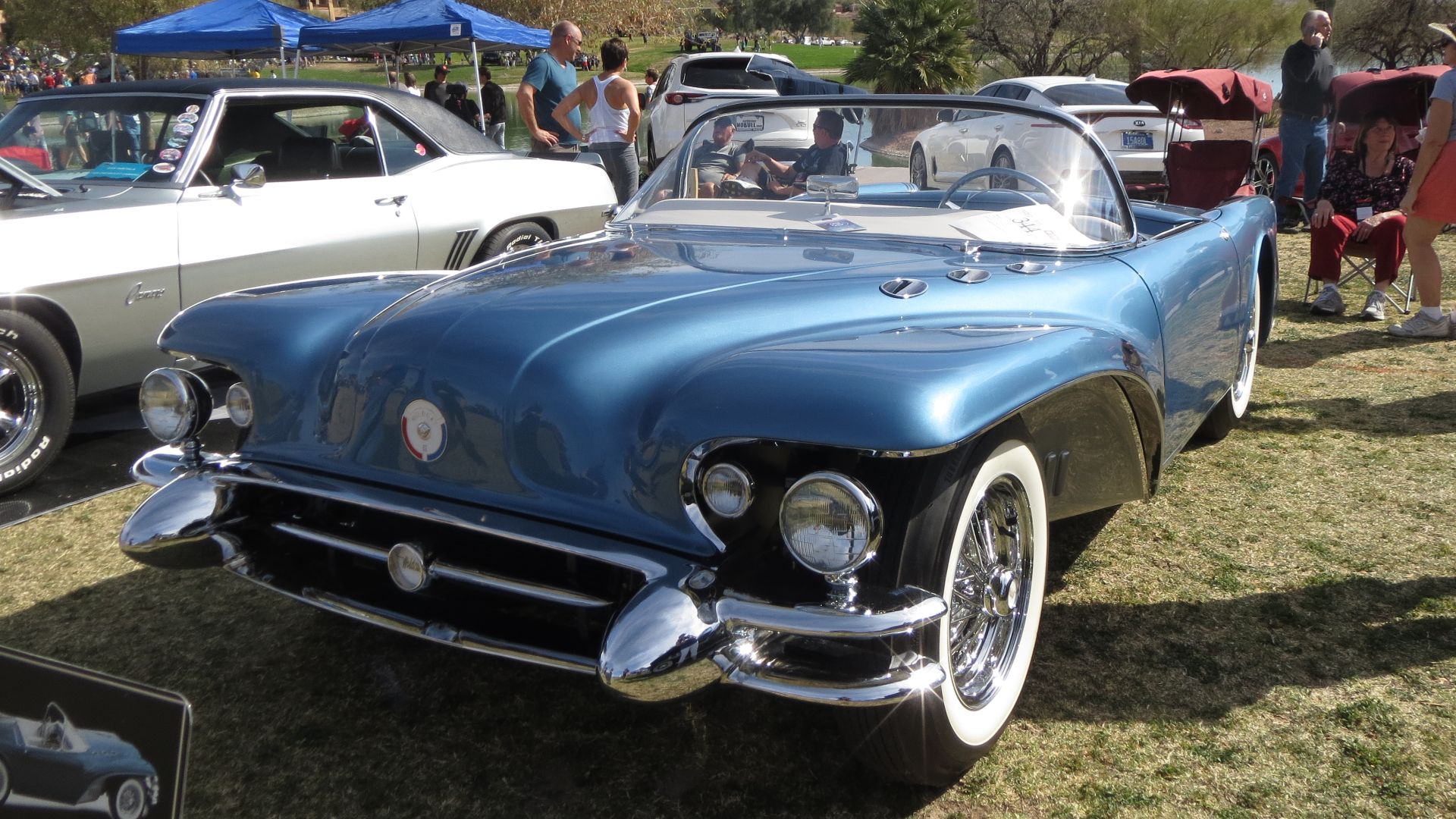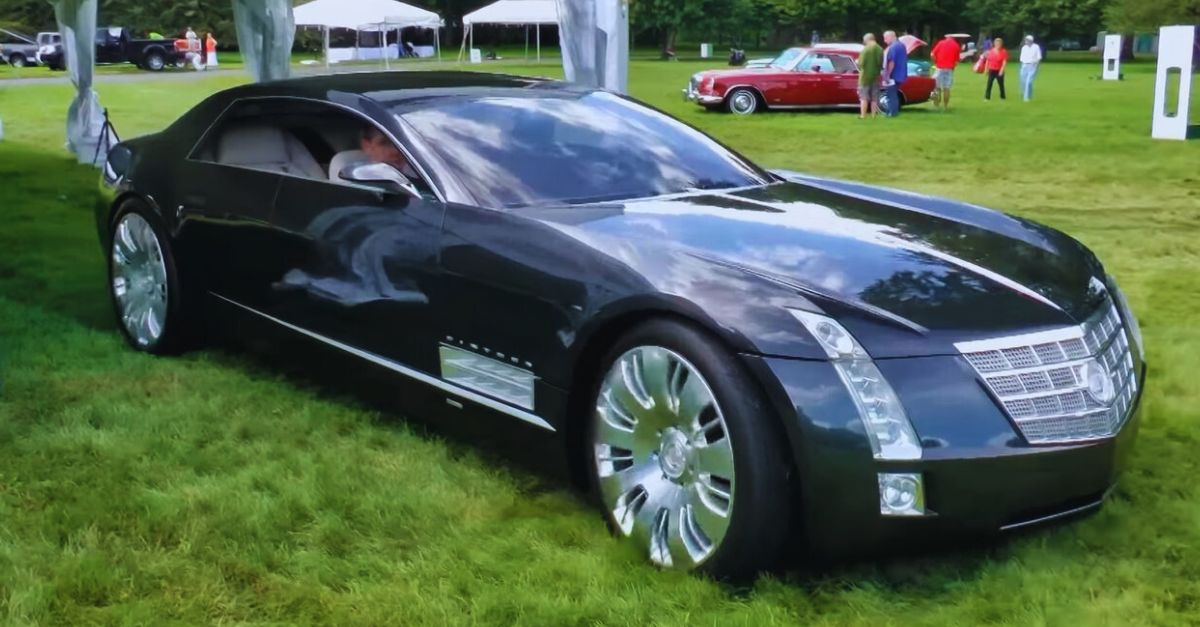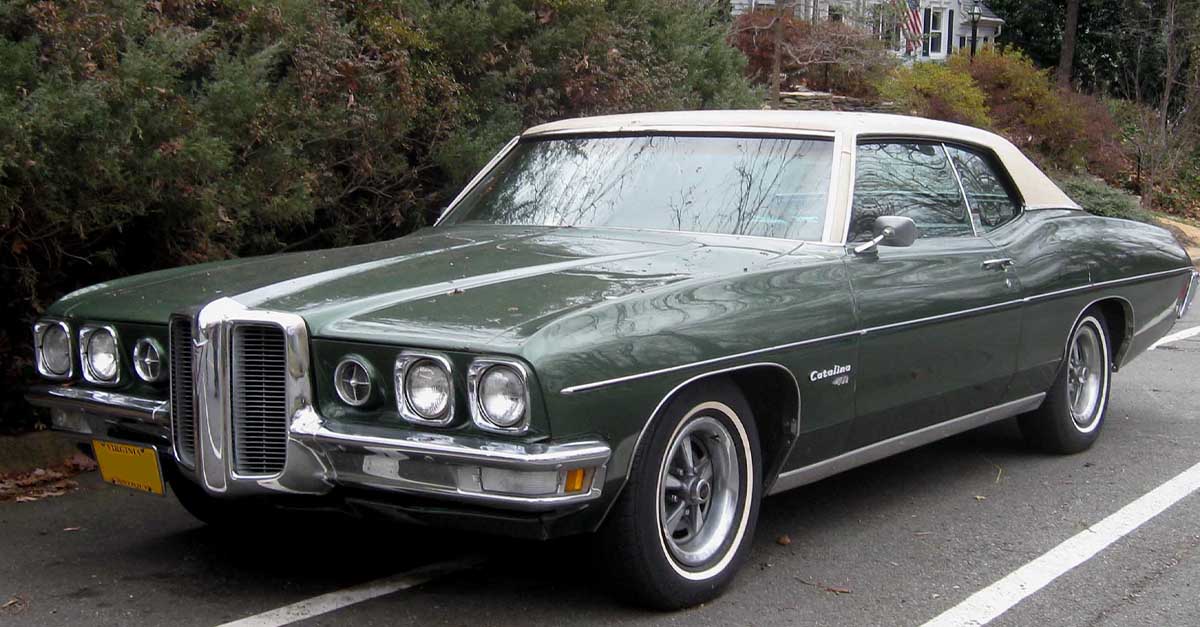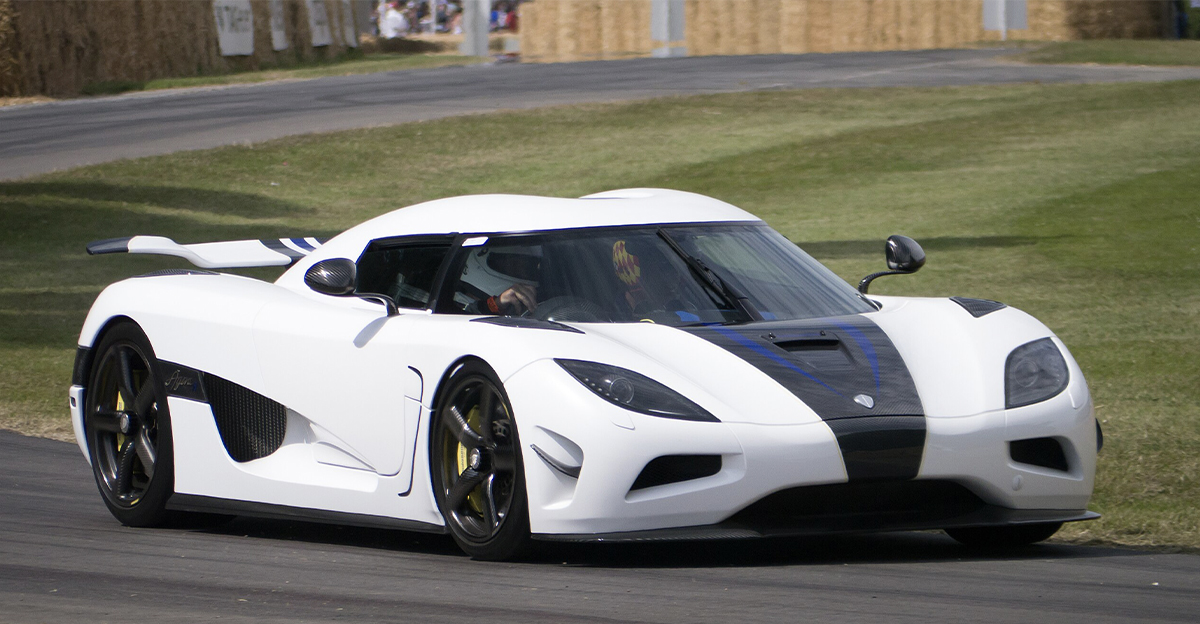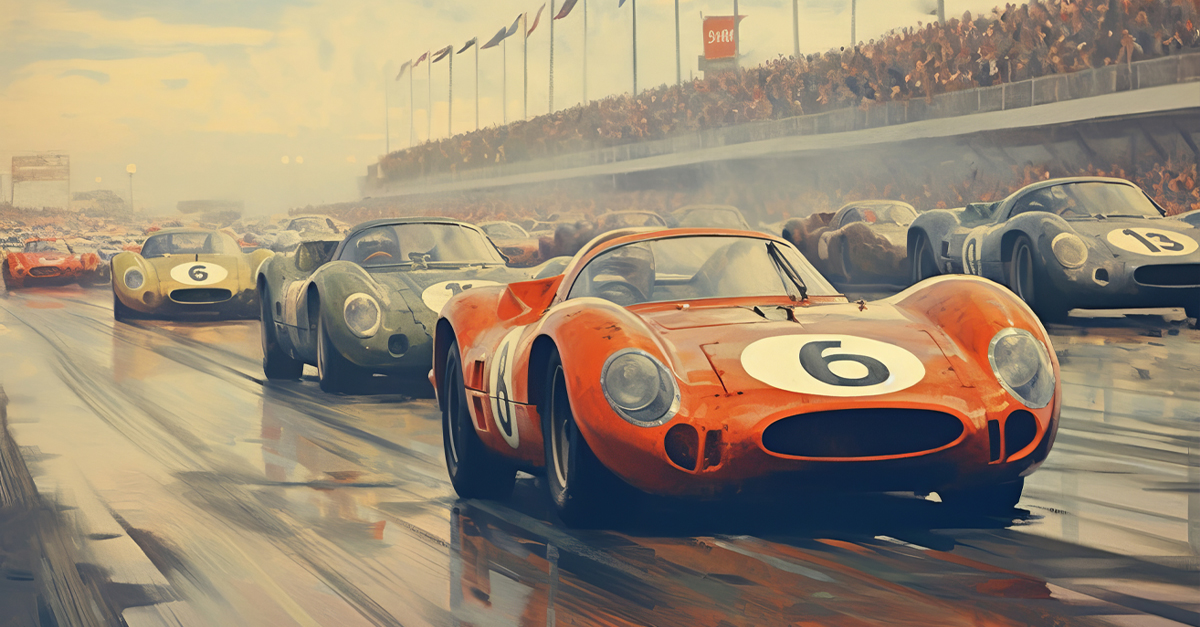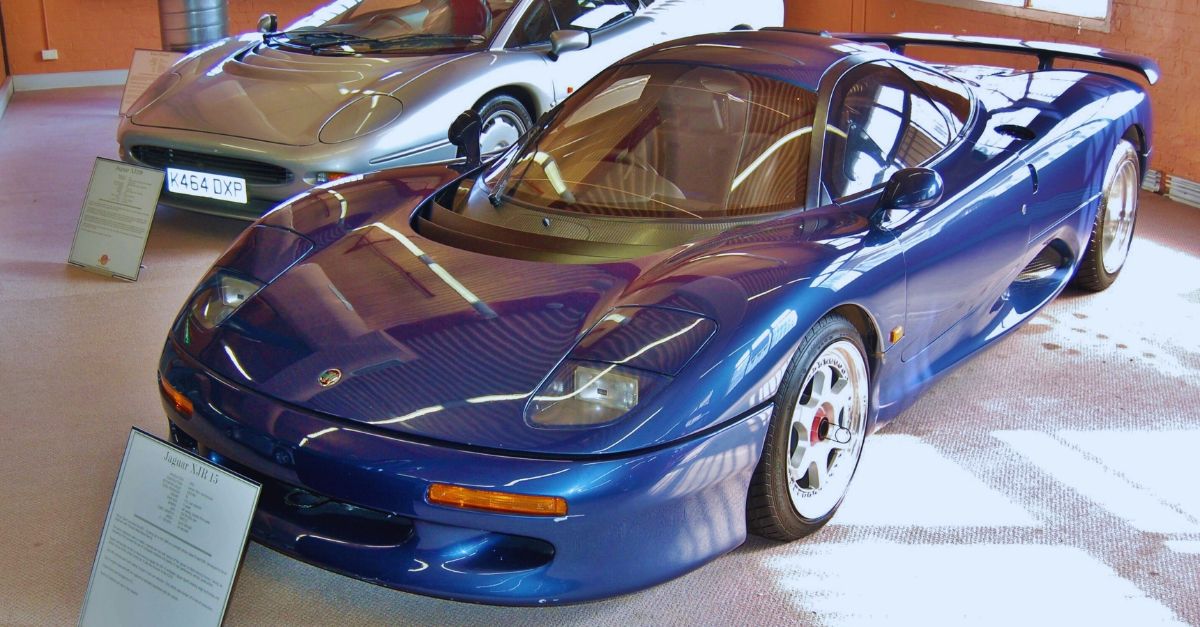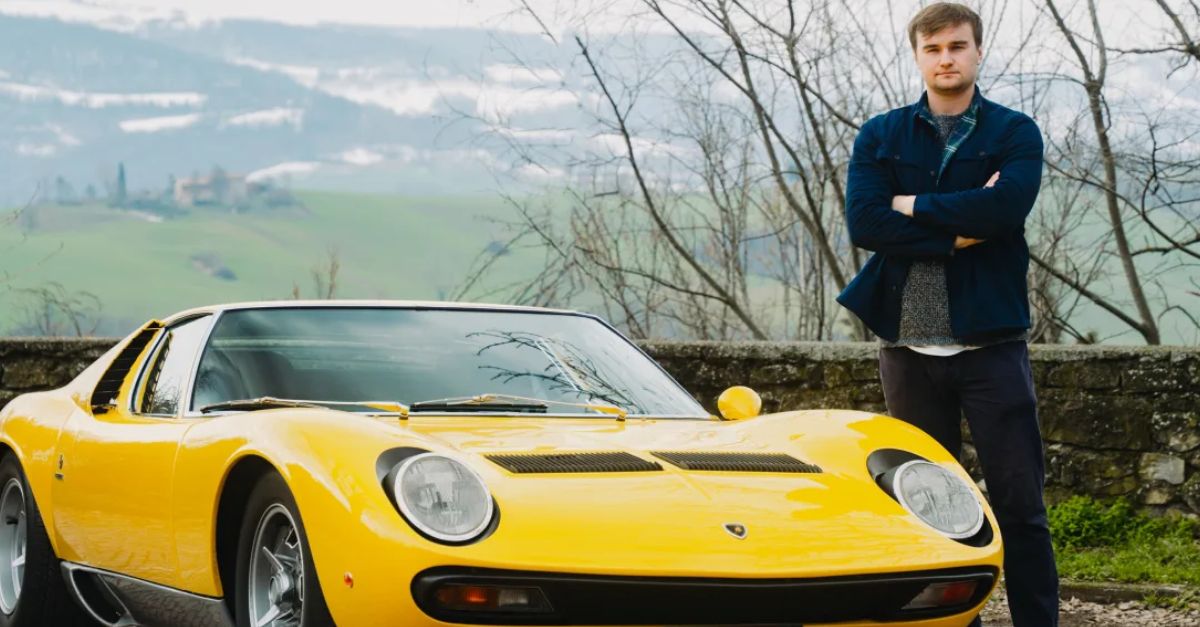Dream Cars That Never Made It
Concept cars are the automotive world’s ultimate daydreams. They’re bold, flashy, and designed to push the limits of engineering and style—even if they’re destined to never see a production line. Here are some of the wildest and most unforgettable supercar concepts that had everyone drooling, but never got the chance to hit the showroom floor.
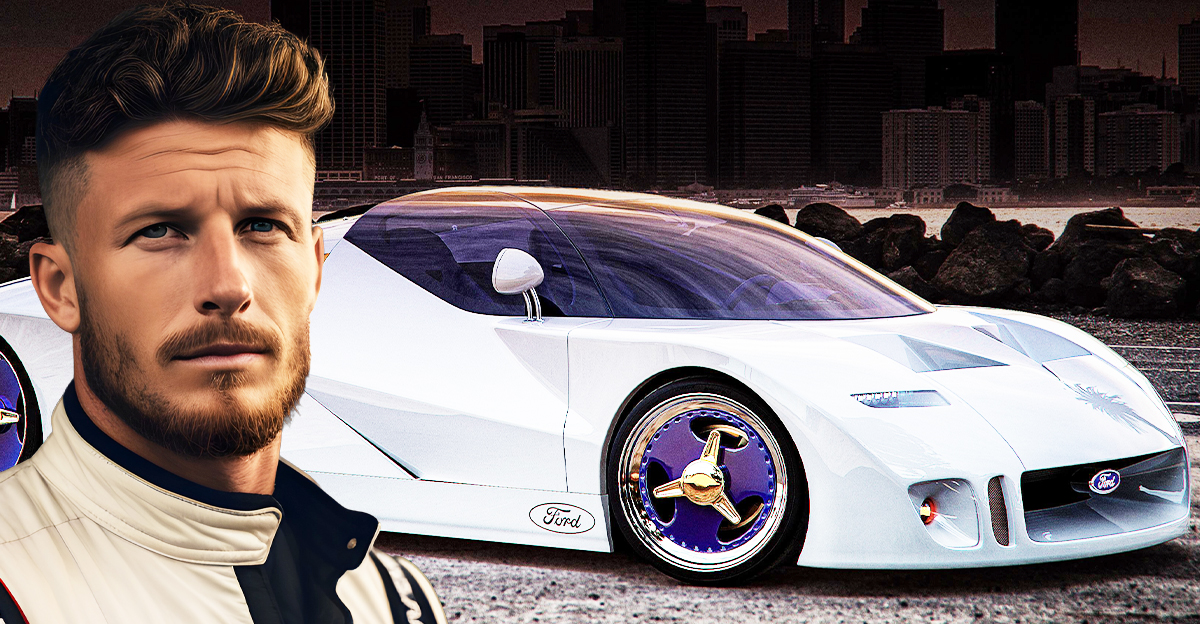
Aston Martin Bulldog
A true wedge-shaped gem from 1979, styled by William Towns. Aston Martin planned a small production run, but only one was ever built. It packed a twin-turbo V8 and achieved around 191 mph in testing, though its theoretical top speed was closer to 237 mph. Named “Bulldog” after a plane loved by their MD—and cheekily nicknamed “K9” (Doctor Who vibes)—the vision fizzled due to cost. It has since become a cult classic, proving how bold Aston’s imagination was.
Chrysler ME Four-Twelve (ME-412)
A mid-engine monster unveiled at Detroit 2004. Underneath, a quad-turbo 6.0 L V12 (AMG-built) put out 850 horsepower and a projected 0-60 mph in 2.9 seconds, topping out near 248 mph. Built in less than a year, it featured advanced carbon-fiber structure, active aero, and a wicked Ricardo dual-clutch transmission, but the cost and political drama with Mercedes killed it.
Volkswagen W12 Nardo
Back in the late ’90s and early 2000s, Volkswagen wanted to prove it could do supercars, not just Golfs and Passats. The W12 concept was born—packing, as the name suggests, VW’s wild 6.0-liter W12 engine. The design was clean and shark-like, with a low stance and dramatic glass canopy. The car wasn’t just for show either: In 2002, a tuned version called the W12 Nardo set a world speed endurance record, averaging 200.6 mph for 24 hours straight on Italy’s Nardò Ring. It showed VW’s engineering chops but never became a production model, partly because Audi and Lamborghini (both under VW ownership) were already covering the supercar market.
Cadillac Sixteen
A retro-muscle dream that glued you to your seat with sheer presence. Under the hood was a concept 13.6-liter V16 engine producing around 1,000 horsepower. Inside, it dripped with handcrafted luxury, boasting polished wood, leather, and cutting-edge tech for its time. Cadillac wanted to show it could build an American rival to Europe’s finest, but the project proved impractical and costly.
 Cadillac Sixteen, Alexander1485
Cadillac Sixteen, Alexander1485
Jaguar C-X75
Unveiled in 2010, the C-X75 combined stunning design with a futuristic hybrid powertrain: twin electric motors and a 1.6-liter turbocharged and supercharged engine working together for nearly 900 horsepower. Jaguar even considered jet turbine technology at first! A handful of prototypes were built, and one famously appeared in a James Bond film. The project was canned due to financial concerns, leaving fans wondering what might have been.
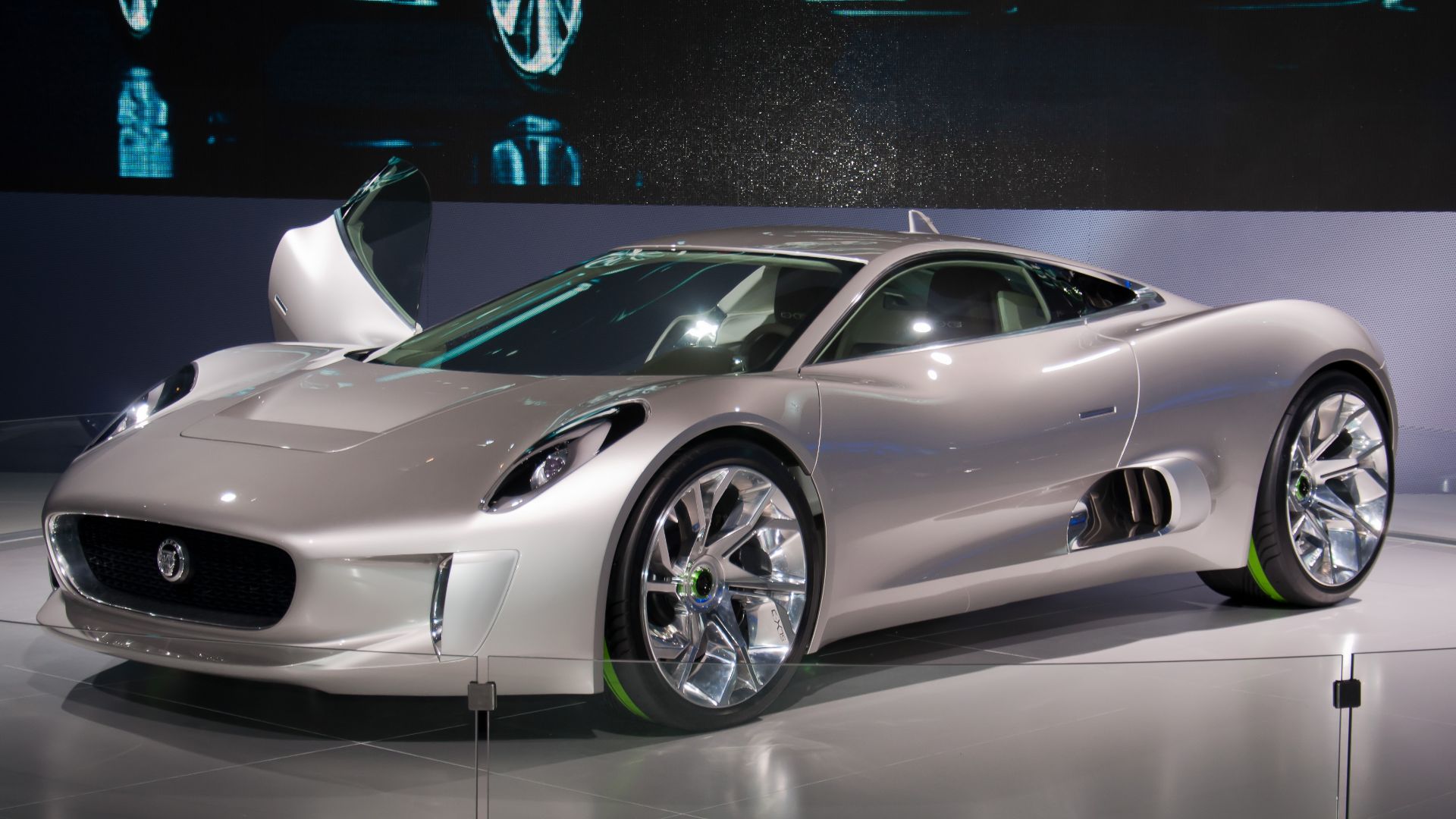 SbastienRondet (Flickr User), Wikimedia Commons
SbastienRondet (Flickr User), Wikimedia Commons
Bugatti 16C Galibier
The Galibier was Bugatti’s idea of a four-door hyper-luxury sedan, powered by the same W16 engine that sat in the Veyron. Wrapped in polished aluminum and carbon fiber, it promised both 200-mph speed and unmatched comfort. The interior was pure opulence, with crystal knobs and champagne holders. Though production was rumored, Bugatti ultimately focused on the Chiron. Today, the Galibier feels like a bold experiment in merging hypercar speed with Rolls-Royce-like luxury.
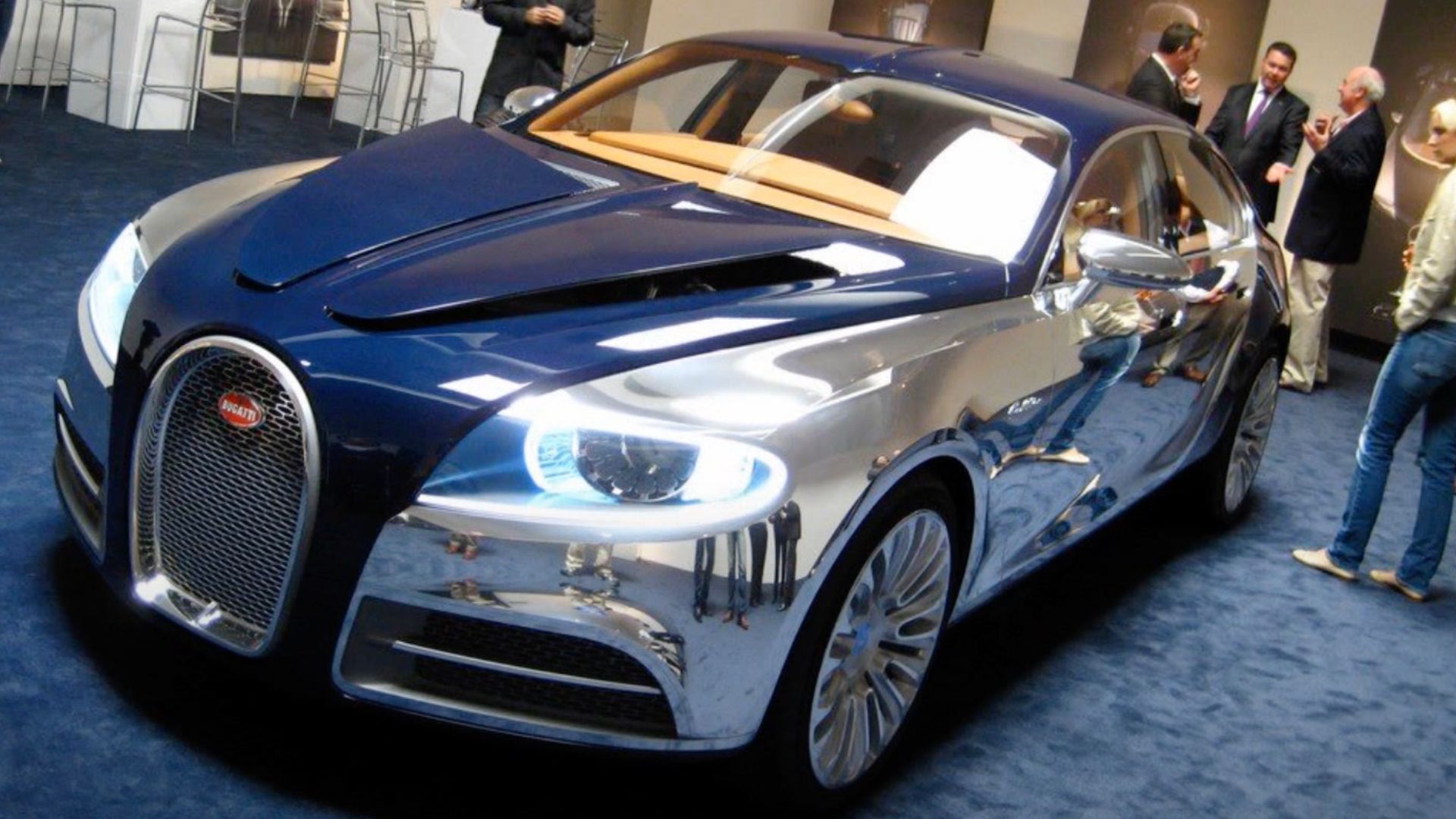 pelican-actor, Wikimedia Commons
pelican-actor, Wikimedia Commons
1991 Audi Quattro Spyder
This compact mid-engine roadster featured an aluminum body and a V6 engine—showcasing Audi’s early work in lightweight construction. It looked like a sporty companion to the beloved Quattro coupe, with a focus on agility and design simplicity. Fans adored its open-air promise, but Audi pulled the plug due to fears of overlapping with Porsche’s upcoming Boxster.
Lamborghini Asterion
First revealed in 2014, the Asterion blended a 602-hp V10 with three electric motors for nearly 910 horsepower total. It was Lamborghini’s first foray into plug-in hybrids, and its smoother, less aggressive design made it stand out from the brand’s usual wild lineup. It hinted at a more practical, eco-minded Lambo for the future. But company leadership said hybrids weren’t in their DNA, shelving the idea. Today, it feels like a car that arrived too early.
Infiniti Essence Concept
The Essence debuted in 2009, celebrating Infiniti’s 20th anniversary. It paired a 3.7-liter twin-turbo V6 with a hybrid motor, pumping out nearly 600 horsepower. Wrapped in curvy, elegant bodywork, it was a design showcase for the brand, hinting at future styling. The interior oozed with Japanese luxury touches like hand-crafted leather and traditional design motifs. Though it never hit production, it demonstrated that Infiniti could rival Lexus and even European brands in sophistication and innovation.
Mazda Furai
Unveiled in 2008, the Furai was the fifth in Mazda’s Nagare design series and ran a 450-hp three-rotor Wankel engine on ethanol fuel. It looked like a spaceship for the road and sounded like a racecar. Sadly, during a press test with Top Gear, the Furai caught fire and was completely destroyed. Its short life only added to its mystique, cementing it as one of the greatest “lost” concept cars and the ultimate symbol of Mazda’s bold creativity.
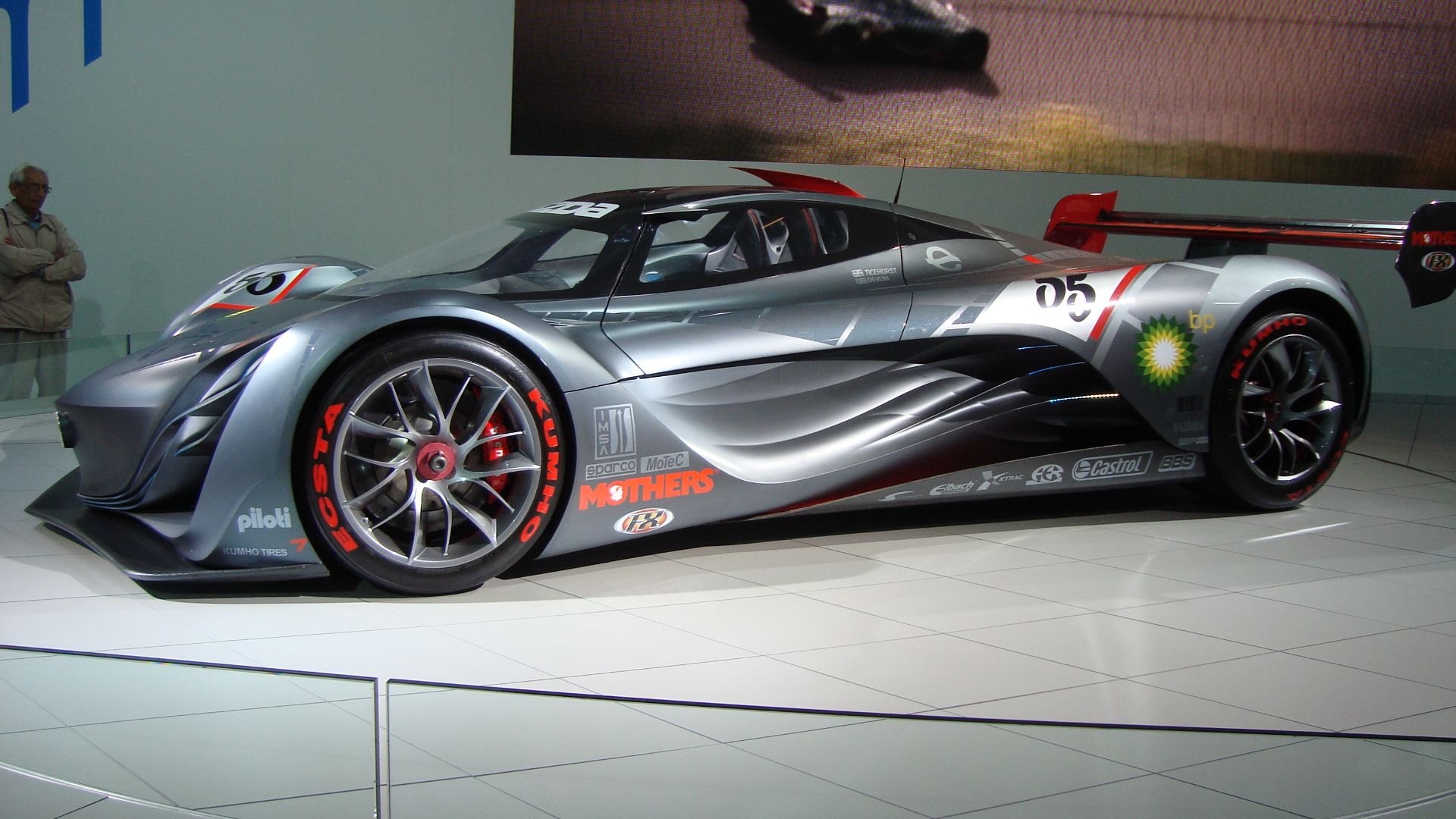 luke wilson from london, england, Wikimedia Commons
luke wilson from london, england, Wikimedia Commons
Spyker D12 Peking-To-Paris
Spyker’s D12 SUV concept debuted in 2006, powered by a 500-hp W12 engine from Audi. The name came from the historic 1907 Peking-to-Paris rally, and the car blended luxury SUV comfort with supercar performance. It had aviation-inspired detailing, suicide doors, and an interior that looked like a cockpit. Though Spyker hoped to put it into production, financial issues doomed it. Still, the design was years ahead of the performance-SUV boom we see today.
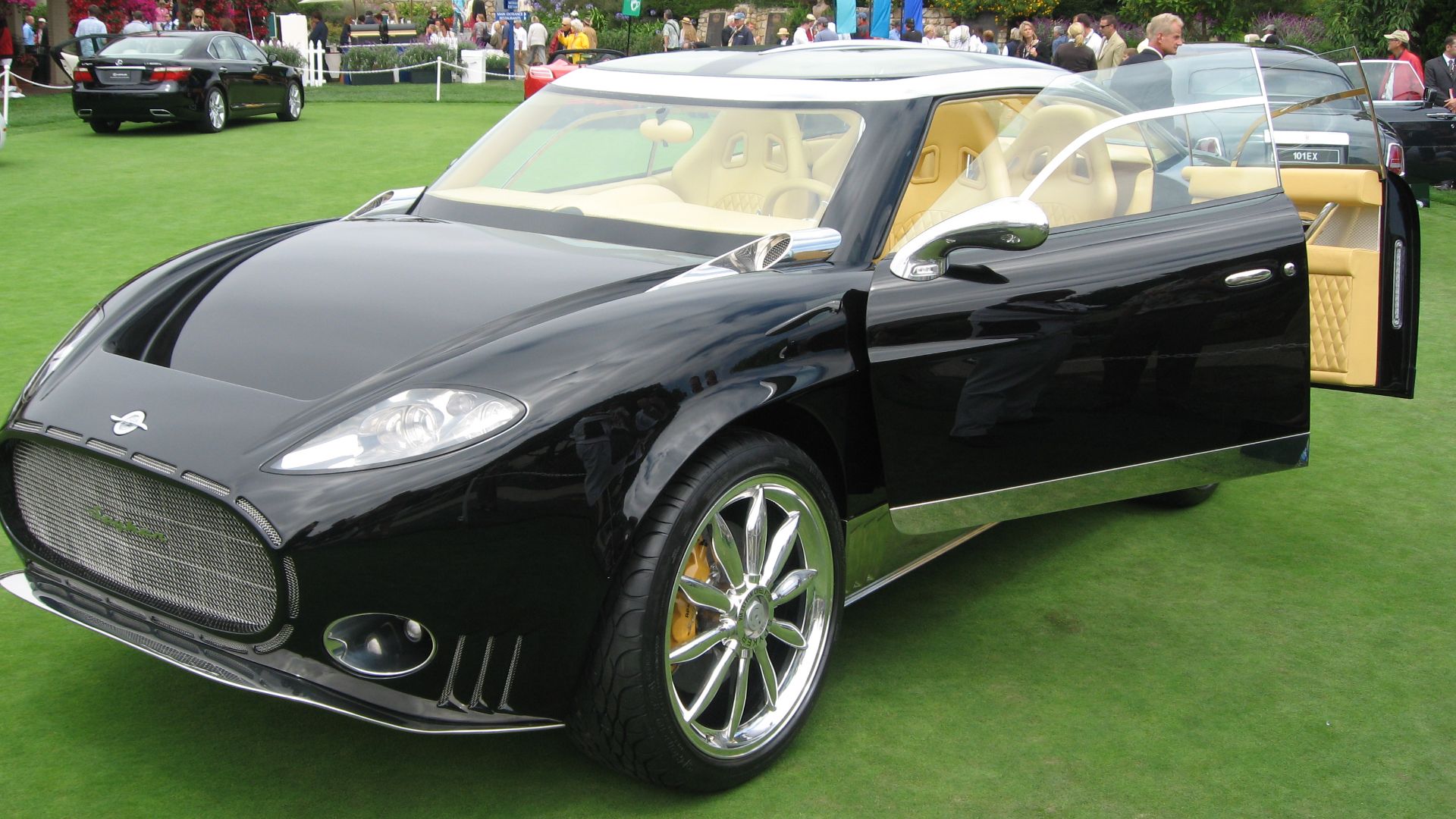 Simon Davison from Los Gatos, United States, Wikimedia Commons
Simon Davison from Los Gatos, United States, Wikimedia Commons
Nissan R390 GT1
Originally created for the 24 Hours of Le Mans, the R390 GT1 was a sleek, mid-engine monster designed with help from Tom Walkinshaw Racing. To homologate it, Nissan built a few road-legal versions, complete with a 550-hp twin-turbo V8. With its long tail and striking looks, it could have been a world-beating supercar for the streets. But Nissan never pushed full production, leaving only a handful of examples and a big “what if” in motorsport lore.
Mini Superleggera Vision Concept
This 2014 concept married British cheekiness with Italian craftsmanship. Designed by Touring Superleggera, it had a hand-formed aluminum body, electric drivetrain, and styling that echoed both classic roadsters and futuristic minimalism. The interior mixed leather with exposed metal for a retro-modern vibe. Enthusiasts begged Mini to build it as a true rival to the Mazda MX-5, but the idea was shelved. It remains one of the prettiest Minis ever designed.
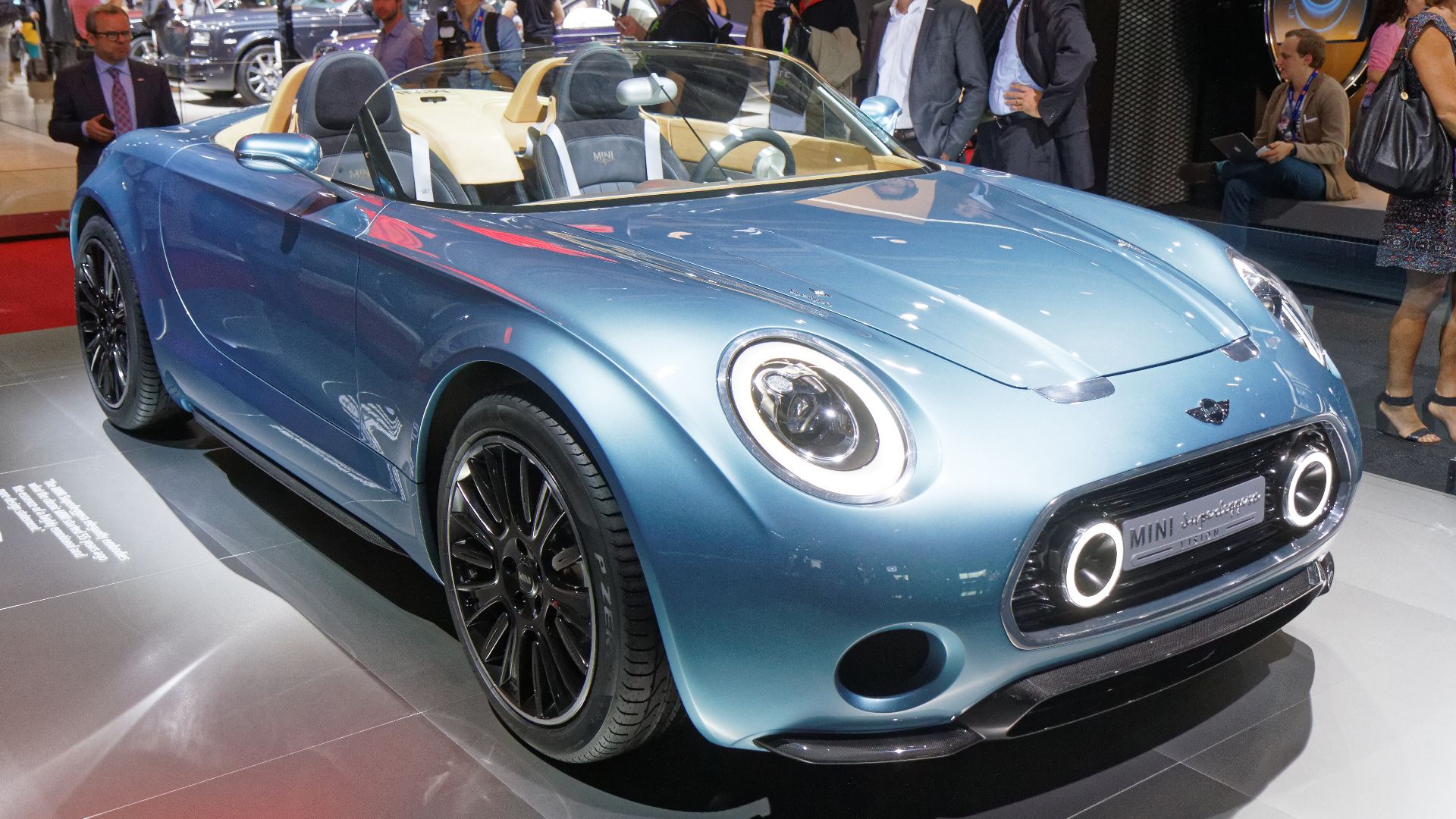 Thesupermat, Wikimedia Commons
Thesupermat, Wikimedia Commons
Maserati Birdcage 75th
Created by Pininfarina in 2005 to celebrate Maserati’s racing heritage, the Birdcage featured a glass canopy that hinged open like a fighter jet cockpit. Underneath, it used the chassis of a Maserati MC12 and Ferrari Enzo, packing a 700-hp V12. With futuristic lines and advanced tech like digital HUD displays, it looked like a car from another planet. Though never intended for mass production, it showed how Maserati could push design boundaries beyond traditional Italian grand tourers.
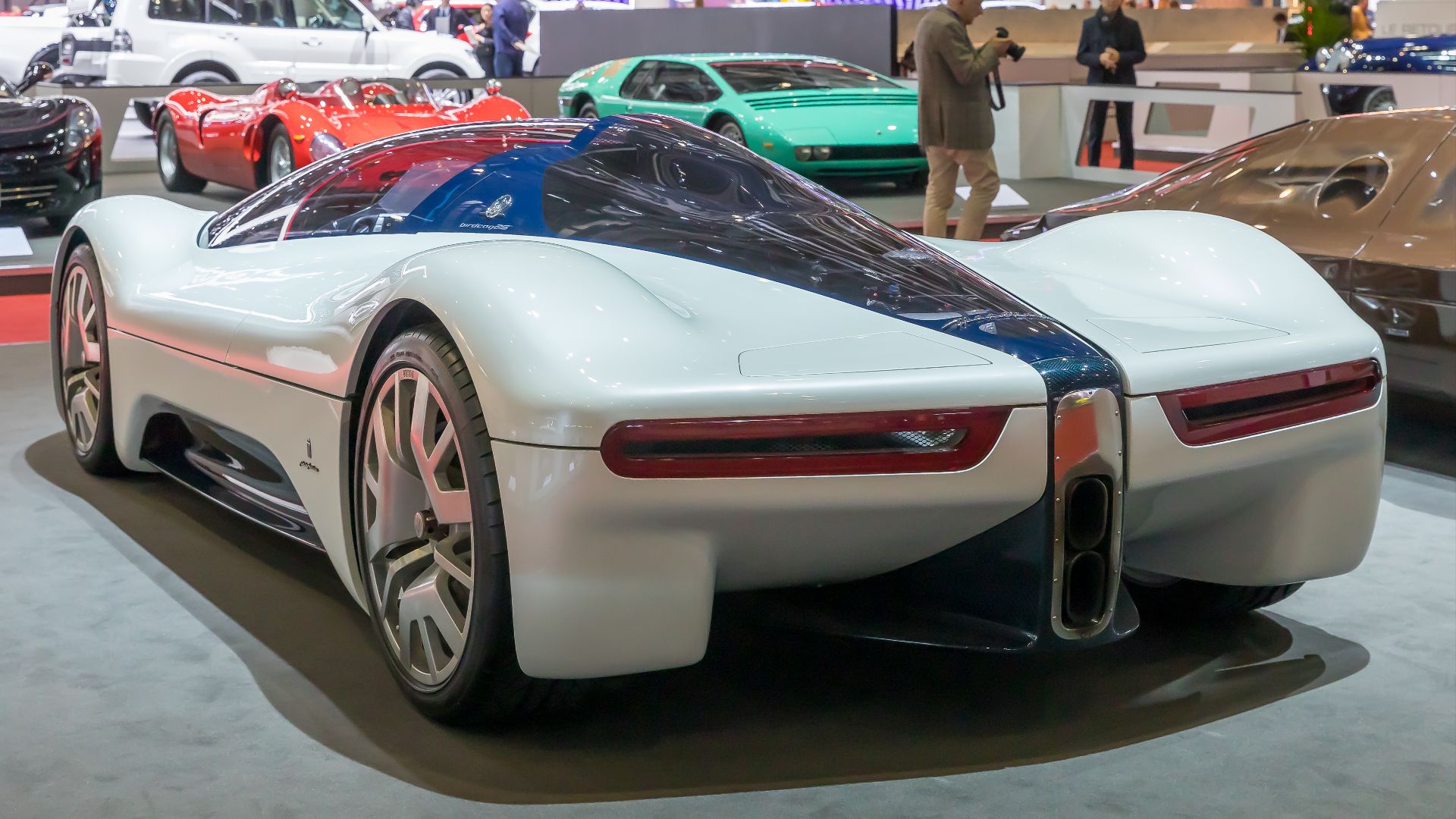 Matti Blume, Wikimedia Commons
Matti Blume, Wikimedia Commons
2010 Audi Quattro Concept Car
Unveiled at the Paris Motor Show, this concept honored the legendary 1980 Quattro rally car. It had a 408-hp 2.5-liter turbocharged five-cylinder and a lightweight aluminum chassis. Its aggressive stance and wide arches paid tribute to the original, while modern touches hinted at a potential halo car for Audi. Despite strong positive reception, it was shelved for being too expensive and niche. It remains one of the great missed opportunities for Audi enthusiasts.
 Mic from Reading - Berkshire, United Kingdom, Wikimedia Commons
Mic from Reading - Berkshire, United Kingdom, Wikimedia Commons
Maybach Exelero
Commissioned in 2005 as a one-off test vehicle for Fulda tires, the Exelero became one of the most famous Maybachs ever. It featured a 700-hp twin-turbo V12 and could hit nearly 220 mph despite weighing over 2.5 tons. The car screamed excess, with a cavernous, diamond-stitched interior and a price tag north of $8 million. Though never intended for production, it proved Maybach could deliver outrageous performance with unmatched luxury. Today, it’s a pop-culture icon.
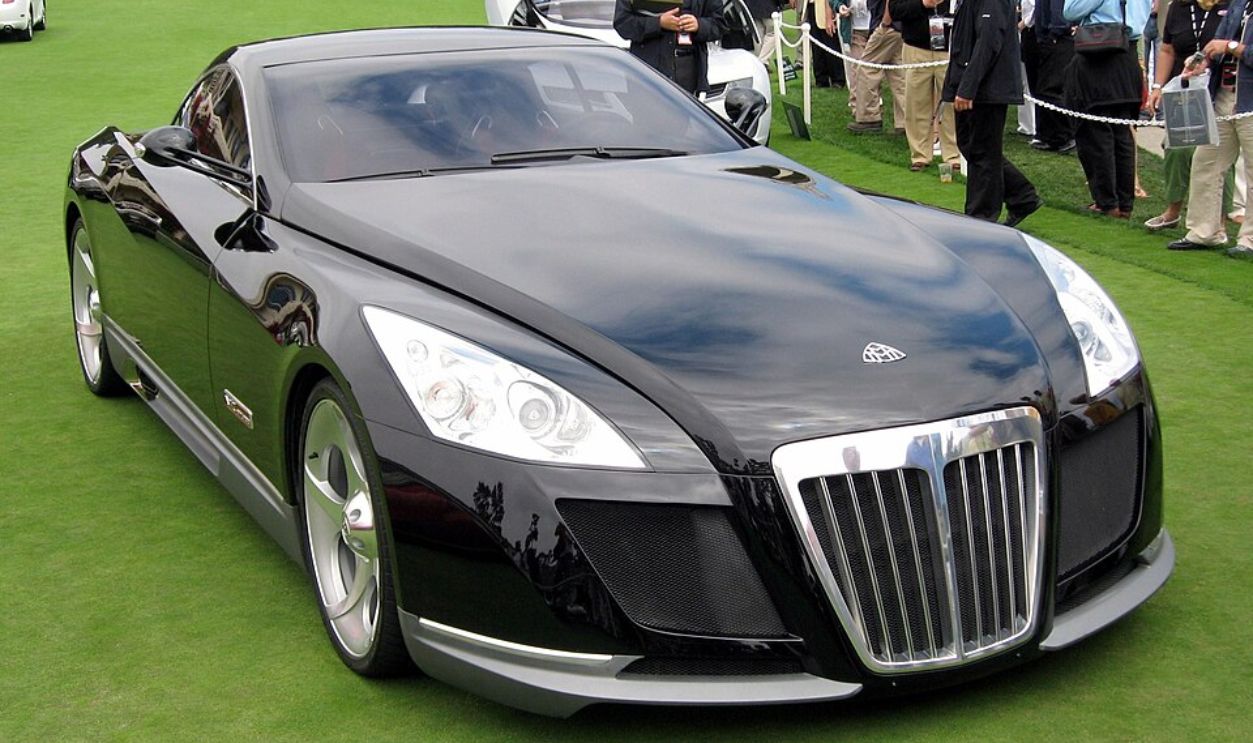 Simon Davison from Los Gatos, United States, Wikimedia Commons
Simon Davison from Los Gatos, United States, Wikimedia Commons
Ford Shelby GR-1
Revealed in 2004, the GR-1 was based on the Ford GT chassis but styled as a futuristic Shelby Daytona coupe. It had a massive 6.4-liter V10 engine producing over 600 hp and came dressed in polished aluminum bodywork that gleamed like liquid metal. Its long hood and short tail made it an instant showstopper. Ford hinted at production, but internal priorities killed it. It’s still considered one of the most beautiful American concepts ever made.
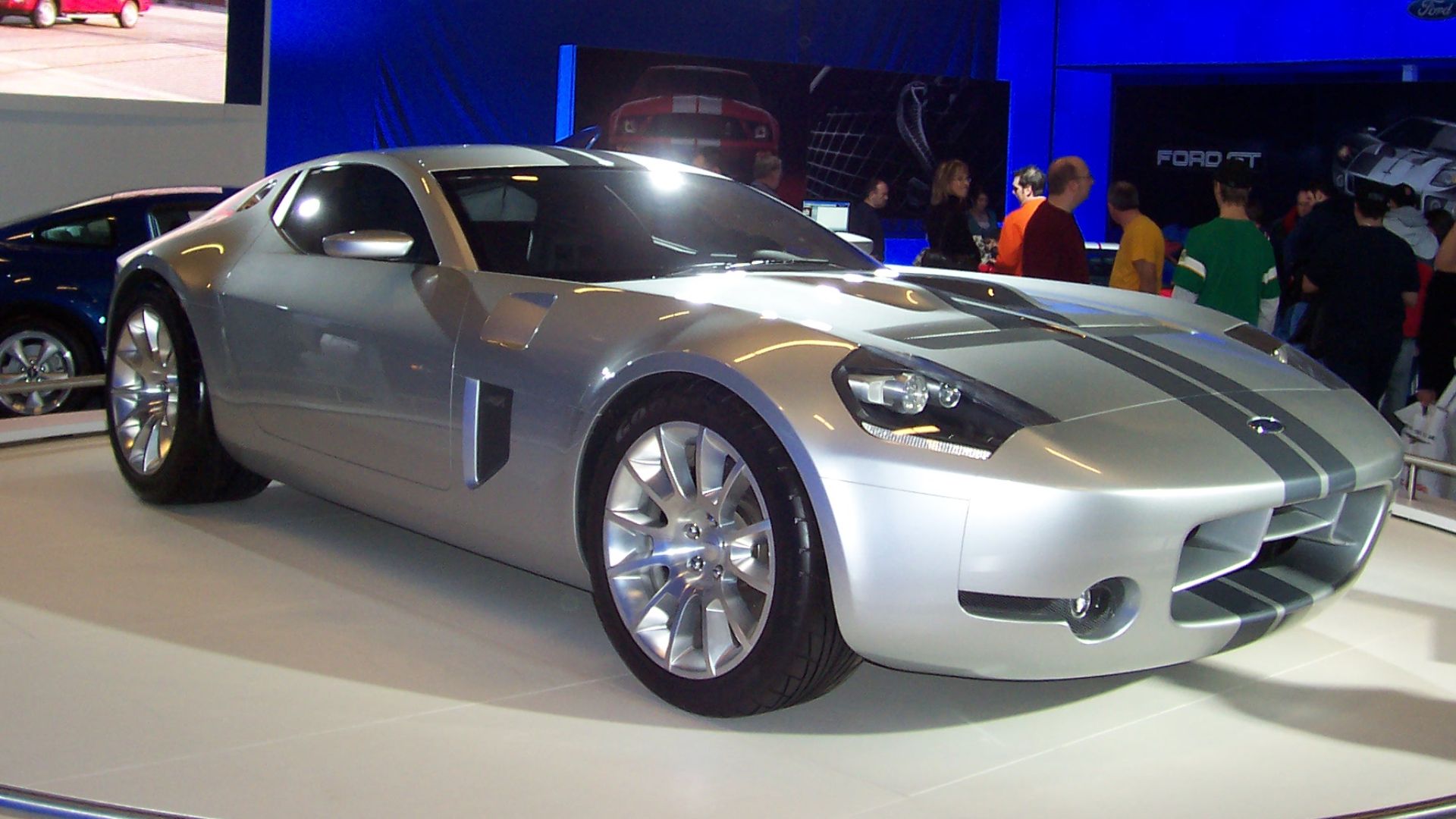 User:MTLskyline, Wikimedia Commons
User:MTLskyline, Wikimedia Commons
Saleen S5s Raptor
First shown in 2008, the S5s Raptor was Saleen’s plan for a more “affordable” supercar. Powered by a 650-hp supercharged V8, it promised 0-60 in just 3.2 seconds. The styling was aggressive yet sleek, blending American muscle with European flair. Saleen actually built prototypes and seriously considered production, but financial troubles ended the dream.
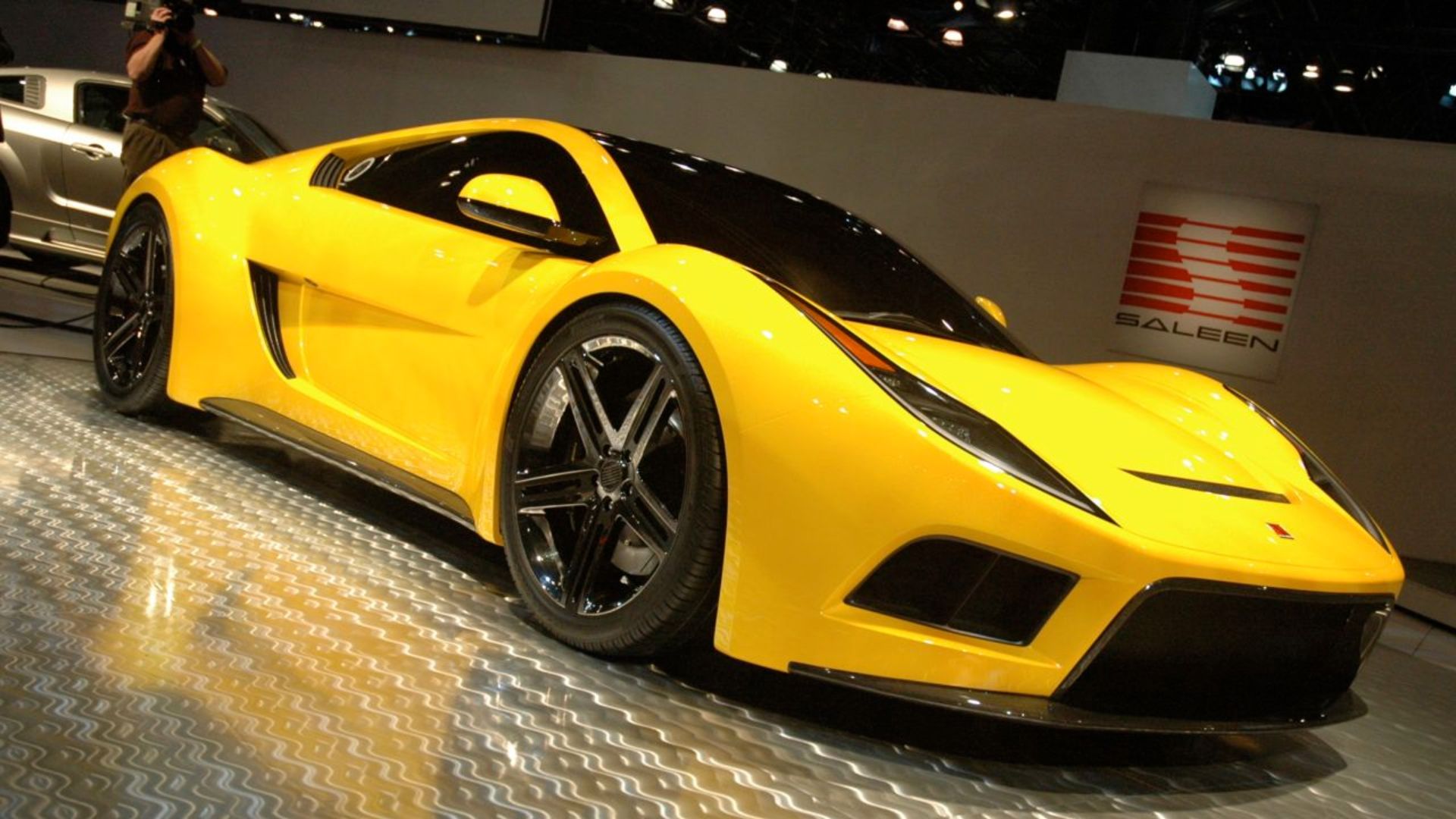 Moto100 at English Wikipedia (Original text: Moto100 (talk)), Wikimedia Commons
Moto100 at English Wikipedia (Original text: Moto100 (talk)), Wikimedia Commons
Nissan IDX Nismo Concept
Unveiled in 2013, the IDX Nismo was a retro-styled coupe inspired by the classic Datsun 510. Compact, lightweight, and performance-oriented, it featured futuristic angles paired with old-school racing graphics. Nissan marketed it as a possible affordable sports car to rival the Toyota 86 and Subaru BRZ. Fans loved it, but management said production costs were too high. It remains a sore spot for enthusiasts who wanted a return to Nissan’s lightweight sports car roots.
Cadillac Escala
The Escala appeared in 2016 as Cadillac’s design flagship, with a long, sleek profile and cutting-edge tech. It featured a 500-hp V8 with cylinder deactivation, showcasing both performance and efficiency. Inside, it had OLED displays, leather, and wood in a minimalist yet luxurious setting. Cadillac pitched it as inspiration for its next generation of sedans, and indeed, elements of its design trickled into later models. Still, as a full-scale production car, it never arrived.
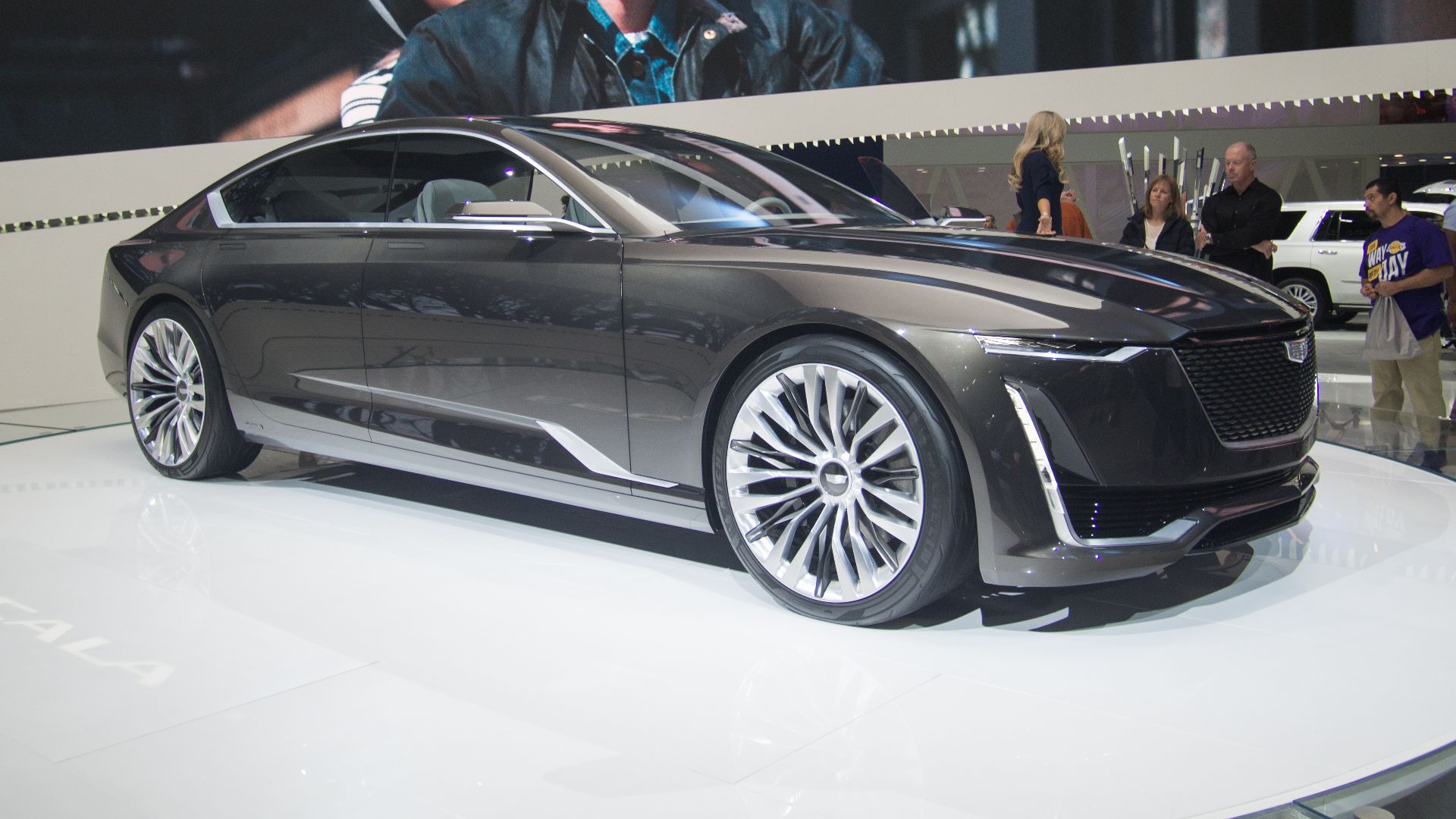 Shelby Asistio from Los Angeles, United States, Wikimedia Commons
Shelby Asistio from Los Angeles, United States, Wikimedia Commons
Chevrolet Aerovette
The Aerovette concept dates back to the early 1970s, an era of wild wedge-shaped experiments. Its low, angular design looked like something straight out of science fiction. Powered by a small-block V8, it combined futuristic looks with Chevy muscle. A few prototypes were built, but GM deemed it too radical and impractical for production. Still, its influence lived on in later Corvette design language, especially in the C4 and C5 generations.
\
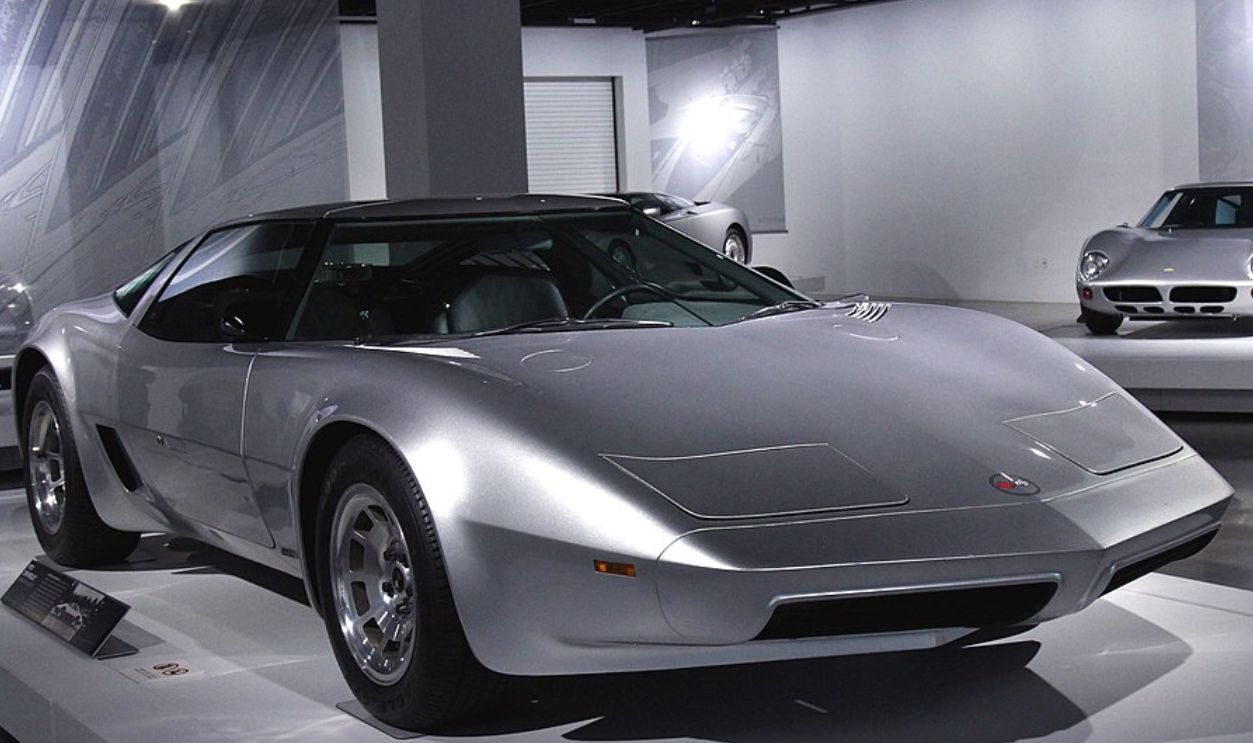 Prayitno / Thank you for (12 millions +) view from Los Angeles, USA, Wikimedia Commons
Prayitno / Thank you for (12 millions +) view from Los Angeles, USA, Wikimedia Commons
Lotus Esprit Concept
Lotus teased the revival of the iconic Esprit in 2010. It featured a 5.0-liter V8 producing 620 horsepower, with hybrid assist technology planned for later. The concept’s low, sleek stance looked ready to rival Ferraris and Lamborghinis. But financial issues and leadership changes within Lotus killed the project. It’s a shame, because the design still holds up as one of Lotus’s most ambitious modern efforts.
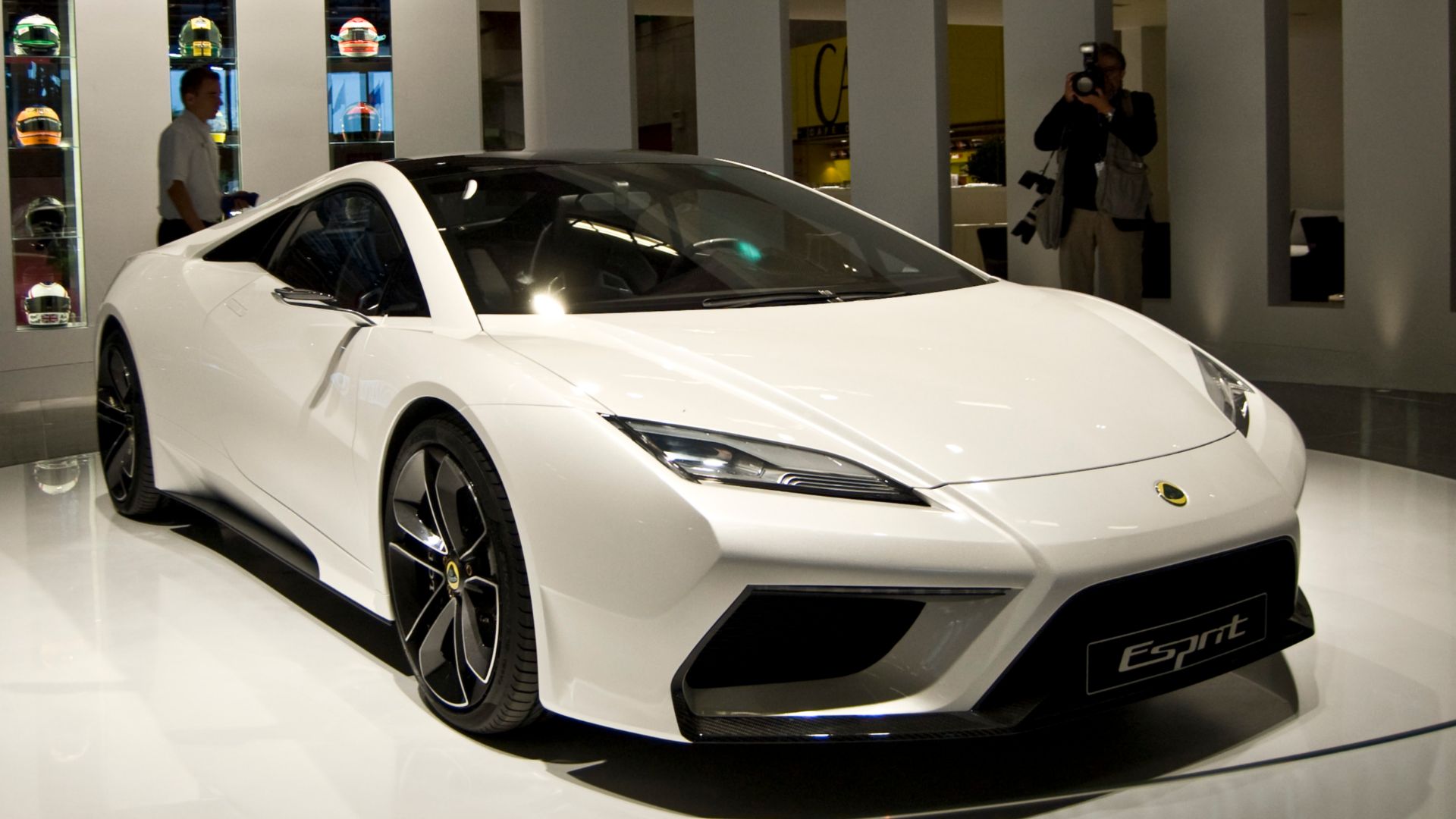 David Villarreal Fernández, Wikimedia Commons
David Villarreal Fernández, Wikimedia Commons
Lamborghini/Zagato Raptor
Debuting in 1996, this collaboration with Italian design house Zagato produced a wild, angular coupe based on Lamborghini Diablo underpinnings. Its most unique feature was a canopy-style cockpit that lifted up instead of conventional doors. It used a 5.7-liter V12, promising all the Lambo fury in a futuristic shell. Lamborghini considered limited production, but shifting priorities meant it stayed a one-off. Today, it’s a cult favorite among collectors of rare concepts.
 1996 Zagato Raptor at Al Burtoni workshop, JT.LAMBORGHINIADVENTURES
1996 Zagato Raptor at Al Burtoni workshop, JT.LAMBORGHINIADVENTURES
BMW M1 Homage Concept
Unveiled in 2008, this was BMW’s tribute to the legendary M1 supercar. Its low stance, sharp angles, and retro touches made it an instant hit at Villa d’Este. The Homage didn’t have a working engine—just a design showcase—but it pointed toward what a modern M1 successor could look like. While never built, its styling cues influenced later BMW i8 models, making it an important stepping stone in the company’s design evolution.
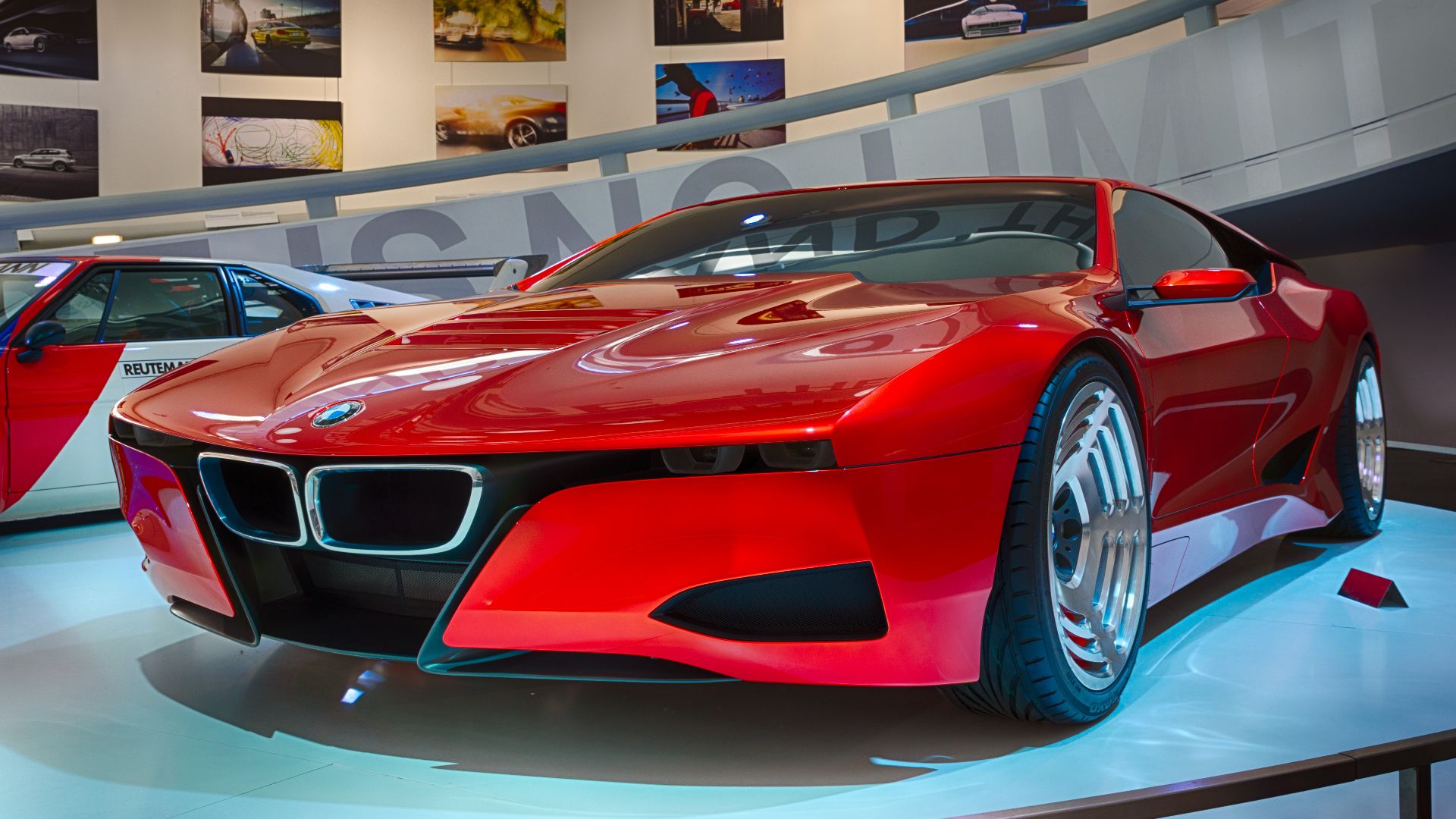 Miguel Mendez, Wikimedia Commons
Miguel Mendez, Wikimedia Commons
Lamborghini Miura
Lamborghini unveiled this homage in 2006 to celebrate the 40th anniversary of the original Miura. Designed by Walter de Silva, it was a modern re-imagination of the world’s first true supercar. While it wasn’t intended for production, its unveiling was a nod to Lamborghini’s heritage. The brand insisted it would not resurrect old models, focusing instead on innovation.
Cadillac Cien
Unveiled in 2002 at the Detroit Auto Show, the Cien was Cadillac flexing its muscles for its 100th anniversary (hence the name “Cien”). It had a 7.5-liter Northstar V12 pumping out 750 horsepower, mated to a six-speed automated manual. Wrapped in stealth-fighter-inspired bodywork with scissor doors, it looked like Cadillac was ready to battle Ferrari and Lamborghini. Sadly, it was never built, but its edgy design influenced later Cadillacs like the CTS and XLR.
Ford GT90
Back in 1995, Ford wowed the world with the GT90 concept, a wedge-shaped, futuristic reinterpretation of the legendary GT40. It had a quad-turbocharged 6.0-liter V12 that produced a monstrous 720 horsepower—enough to rocket it to a theoretical 235 mph. Nicknamed the “world’s mightiest supercar” at the time, it showed off Ford’s New Edge design language. Although it never went beyond the prototype stage, it remains one of Ford’s boldest design experiments and a fan favorite.
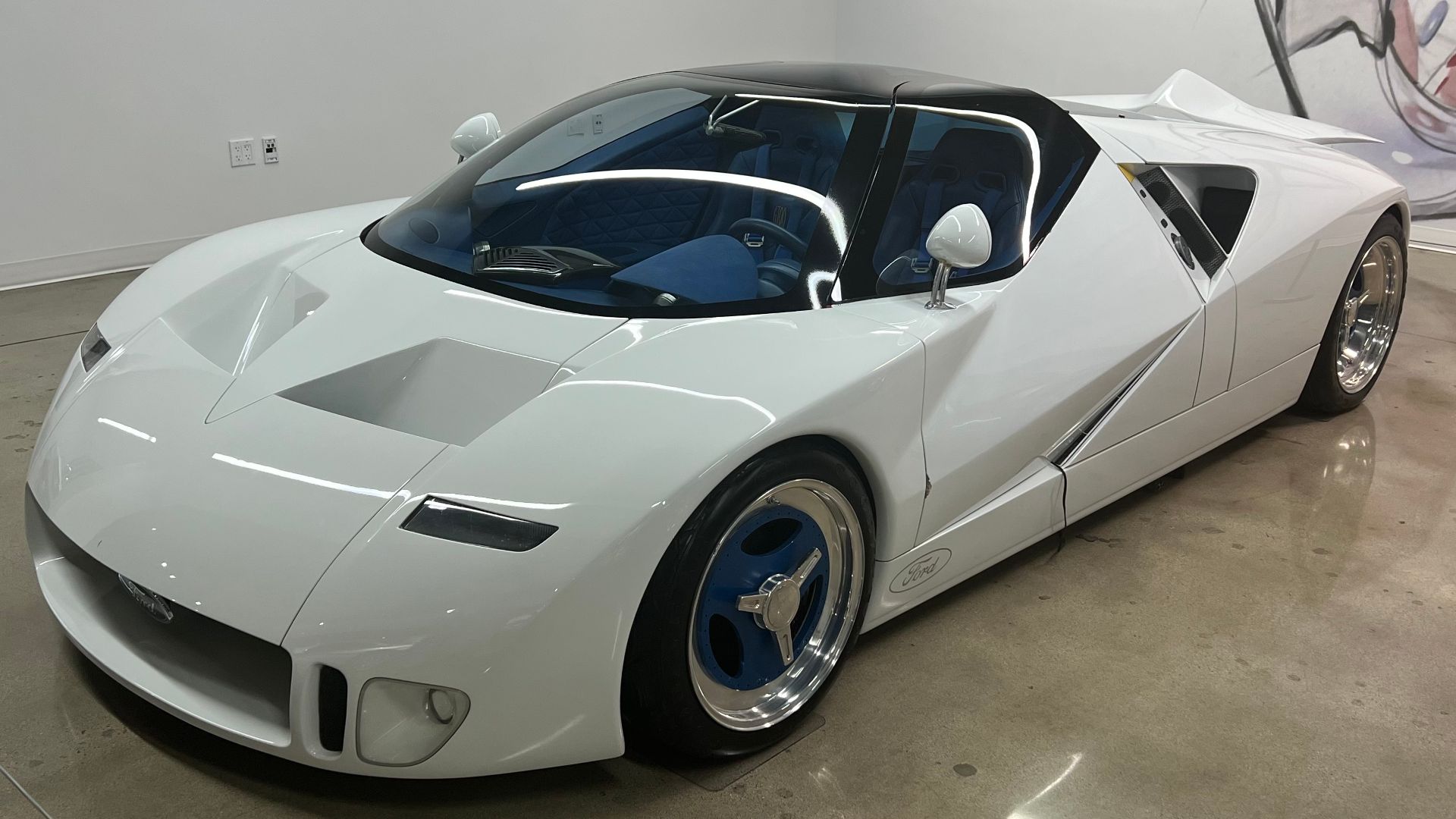 TaurusEmerald, Wikimedia Commons
TaurusEmerald, Wikimedia Commons
Honda Dualnote
The Dualnote debuted in 2001 at the Tokyo Motor Show, blending hybrid technology with supercar performance long before it was mainstream. Powered by a 3.5-liter V6 paired with an electric motor, it delivered around 400 horsepower to all four wheels. The styling was aggressive yet smooth, with hints of Acura NSX DNA. It proved Honda was years ahead in thinking about high-performance hybrids—basically a spiritual precursor to today’s Acura NSX hybrid.
 Honda Dual Note Concept - Tokyo Motor Show, Men and Motors
Honda Dual Note Concept - Tokyo Motor Show, Men and Motors
Jaguar B99
Designed by Bertone in 2011, the Jaguar B99 was a sleek, retro-inspired four-door sedan that paid homage to Jag’s classic styling cues. Powered by a hybrid system with twin electric motors and a 1.4-liter gas engine, it made around 570 horsepower. The design was clean and elegant, almost like a modern Mk2 Jaguar reborn. But since it wasn’t developed in-house, Jaguar never seriously considered production. It remains a beautiful “what if” from an outside design house.
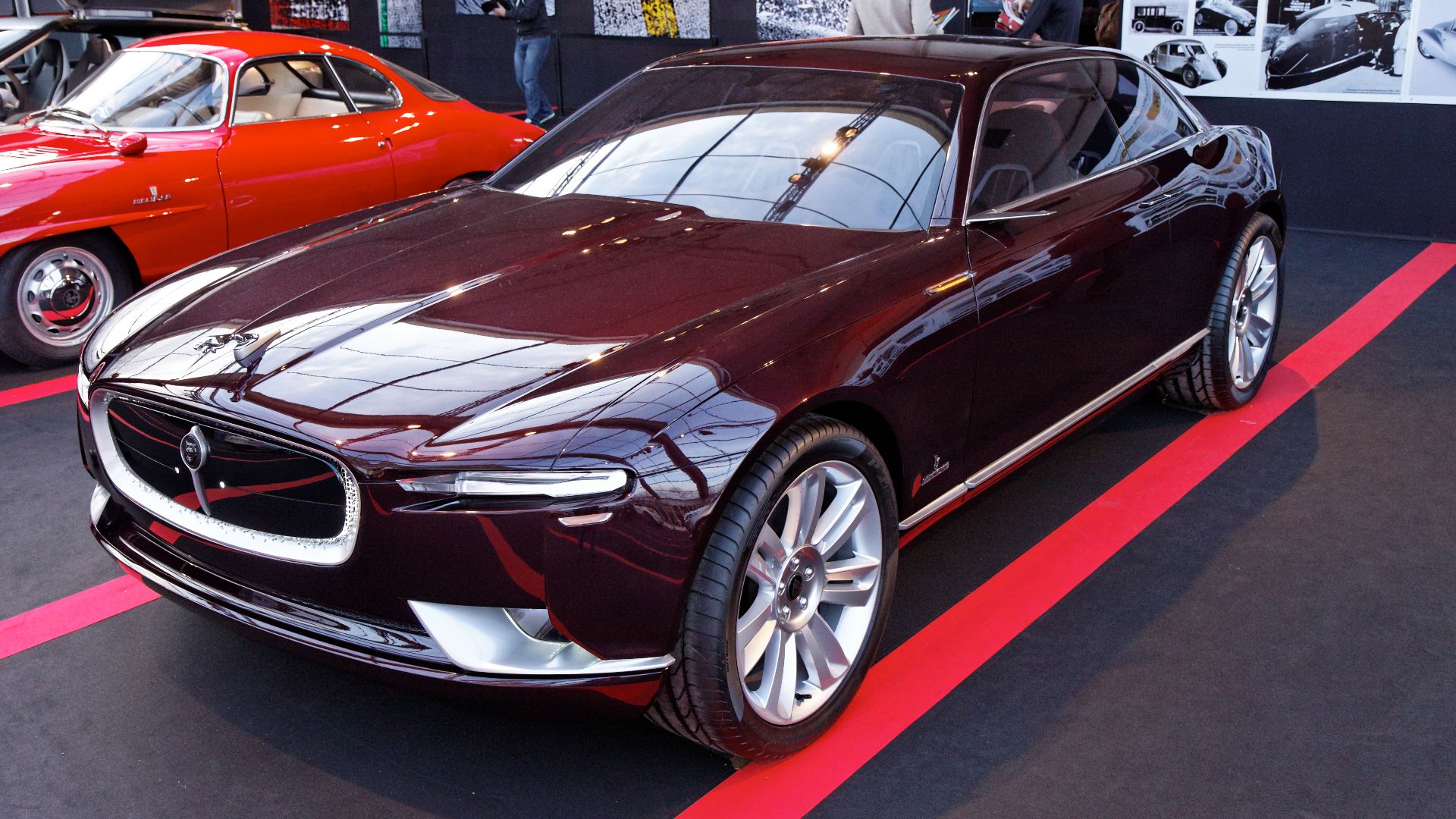 Thesupermat, Wikimedia Commons
Thesupermat, Wikimedia Commons
Kia Sidewinder
Kia isn’t usually a name you connect with radical concept cars, but in 2006 they shocked audiences with the Sidewinder concept. A wild, dune-buggy-meets-sports-car design, it was powered by an electric motor and designed for virtual showrooms and futuristic thinking rather than actual roads. Its sharp lines, huge wheels, and open cabin gave it a sci-fi look. While never intended for production, it showed Kia’s willingness to experiment beyond its sensible sedans, hinting at the bold designs we see today.
Lotus Elan Concept
Lotus tried to revive the legendary Elan name in 2010 with a sleek two-seater roadster concept. Powered by a 4.0-liter V6 with 450 horsepower, it promised performance to rival the Porsche 911. Unlike the lightweight original Elan, this one was bigger, more luxurious, and more powerful. Unfortunately, financial troubles at Lotus killed the project before it could see the light of day.
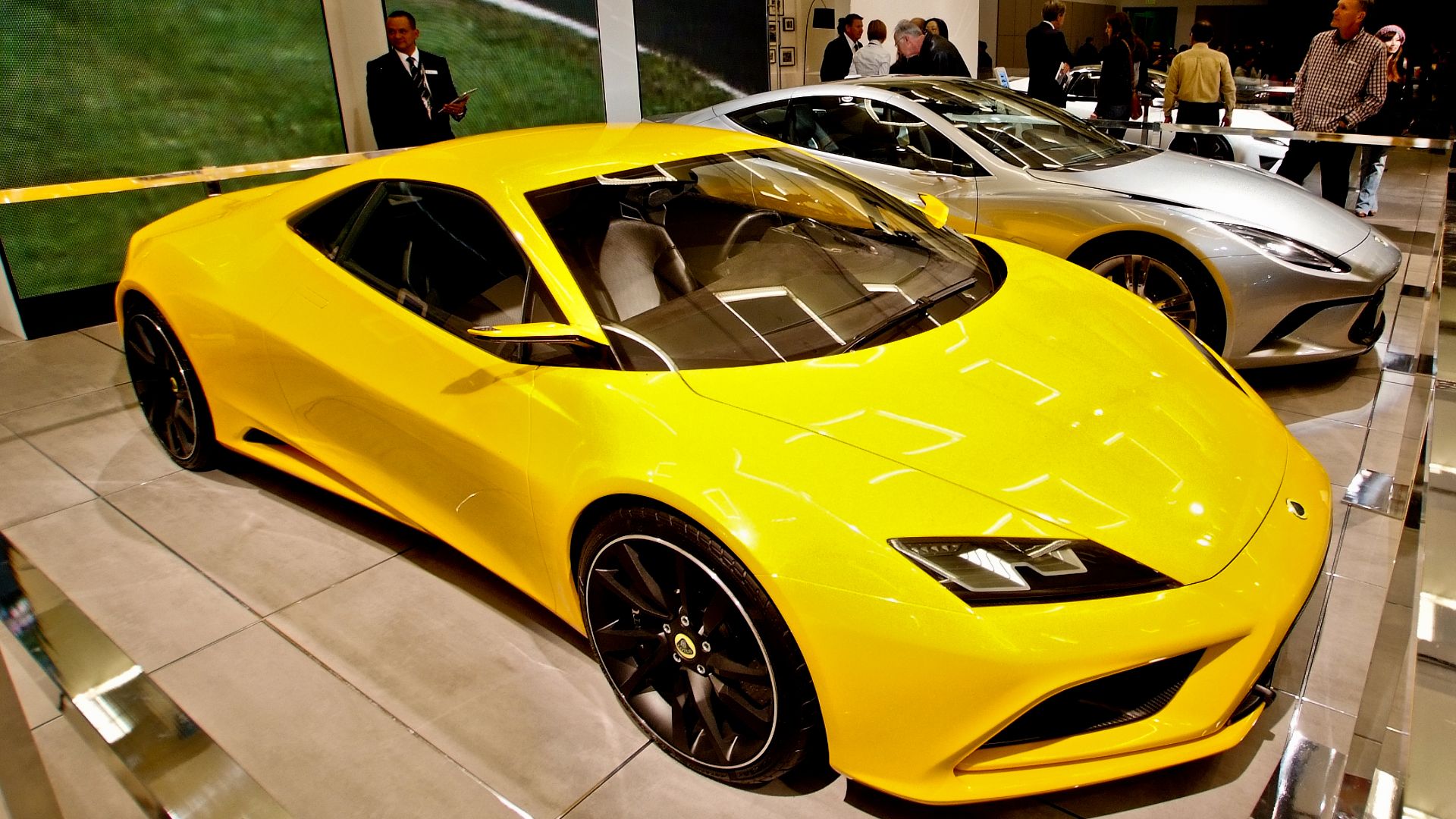 Motohide Miwa, Wikimedia Commons
Motohide Miwa, Wikimedia Commons
Mercedes-Benz AMG Vision Gran Turismo
Born from the virtual world of the Gran Turismo video game in 2013, this AMG concept was later built as a real-life prototype. With its endless hood, aggressive stance, and futuristic grille, it looked like a spaceship on wheels. Underneath was a twin-turbo V8 pushing nearly 600 horsepower. Though never meant for production, it served as a design exercise for future AMG GT models, proving that sometimes fantasy and reality blur in the best ways.
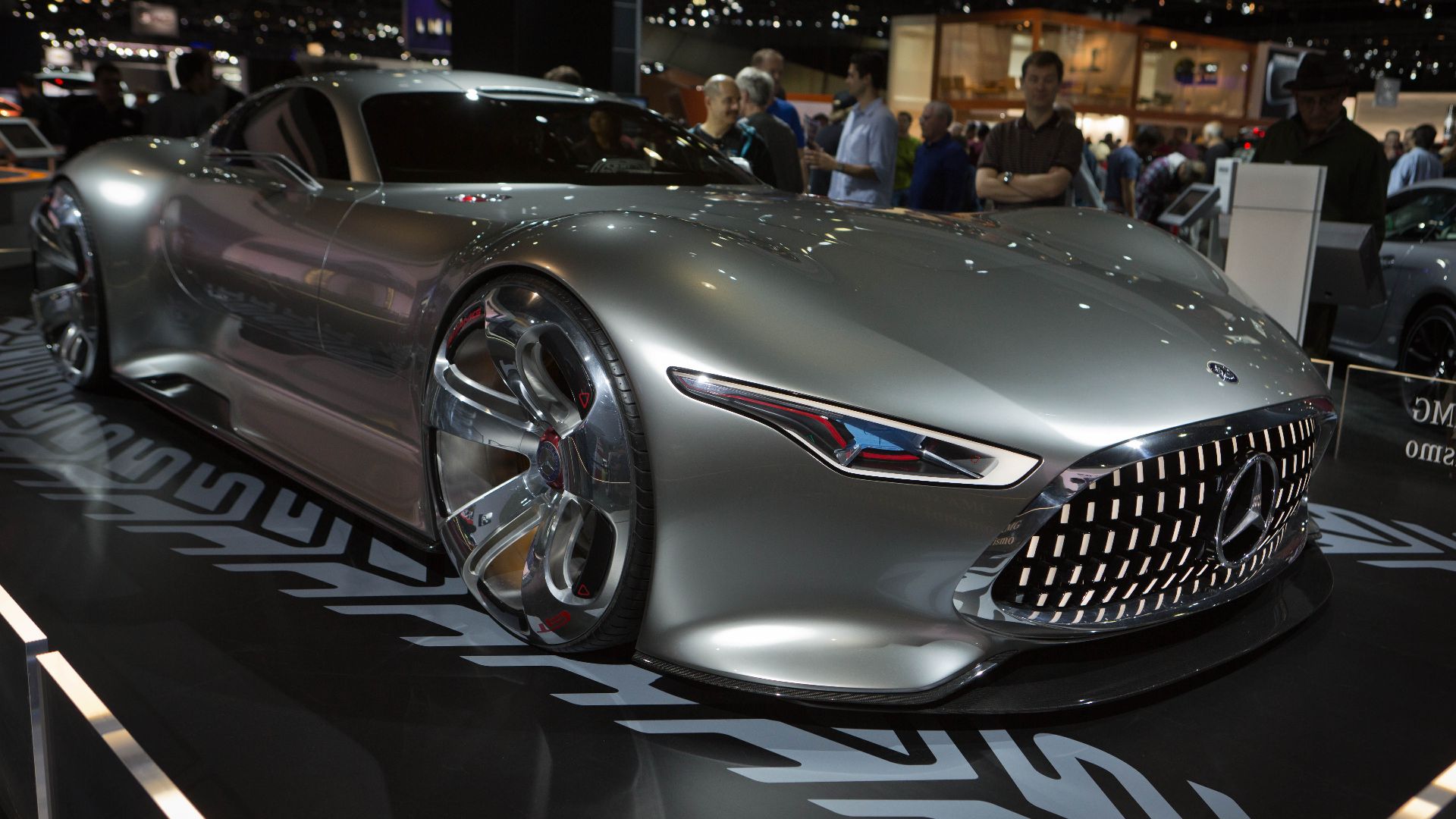 Shelby Asistio from Los Angeles, United States, Wikimedia Commons
Shelby Asistio from Los Angeles, United States, Wikimedia Commons
2020 Porsche 919 Street
Porsche shocked enthusiasts in 2020 by revealing the 919 Street, a road-going version of its Le Mans-winning 919 Hybrid race car. With a 900-hp hybrid powertrain, it promised insane track performance in a street package. But Porsche admitted it was simply too complex and expensive to adapt for public roads. Instead, the car remained a stunning design study that reminded fans just how far Porsche’s racing tech could be pushed in theory.
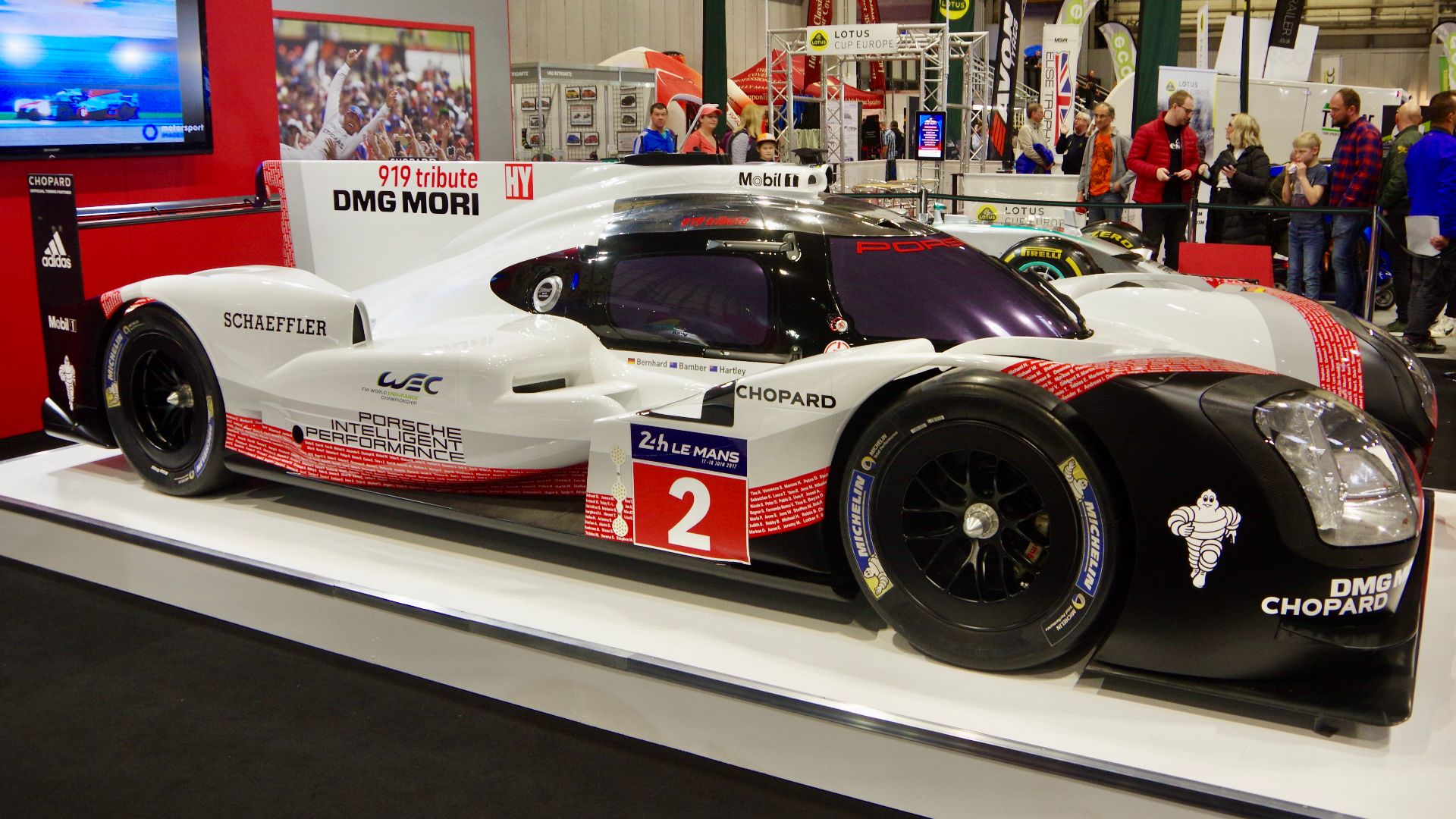 David Merrett from Daventry, England, Wikimedia Commons
David Merrett from Daventry, England, Wikimedia Commons
Alfa Romeo Navajo
This wedge-shaped stunner was a 1976 concept created by Bertone, based on the Alfa Romeo 33 Stradale. Painted in bright white with futuristic wings and spoilers, it looked like a spaceship ready for the autobahn. Under the sleek panels sat a 2.0-liter V8 producing 230 horsepower. The Navajo was never meant for mass production but served as a daring design experiment. Today it’s remembered as one of Alfa’s boldest and strangest concept cars.
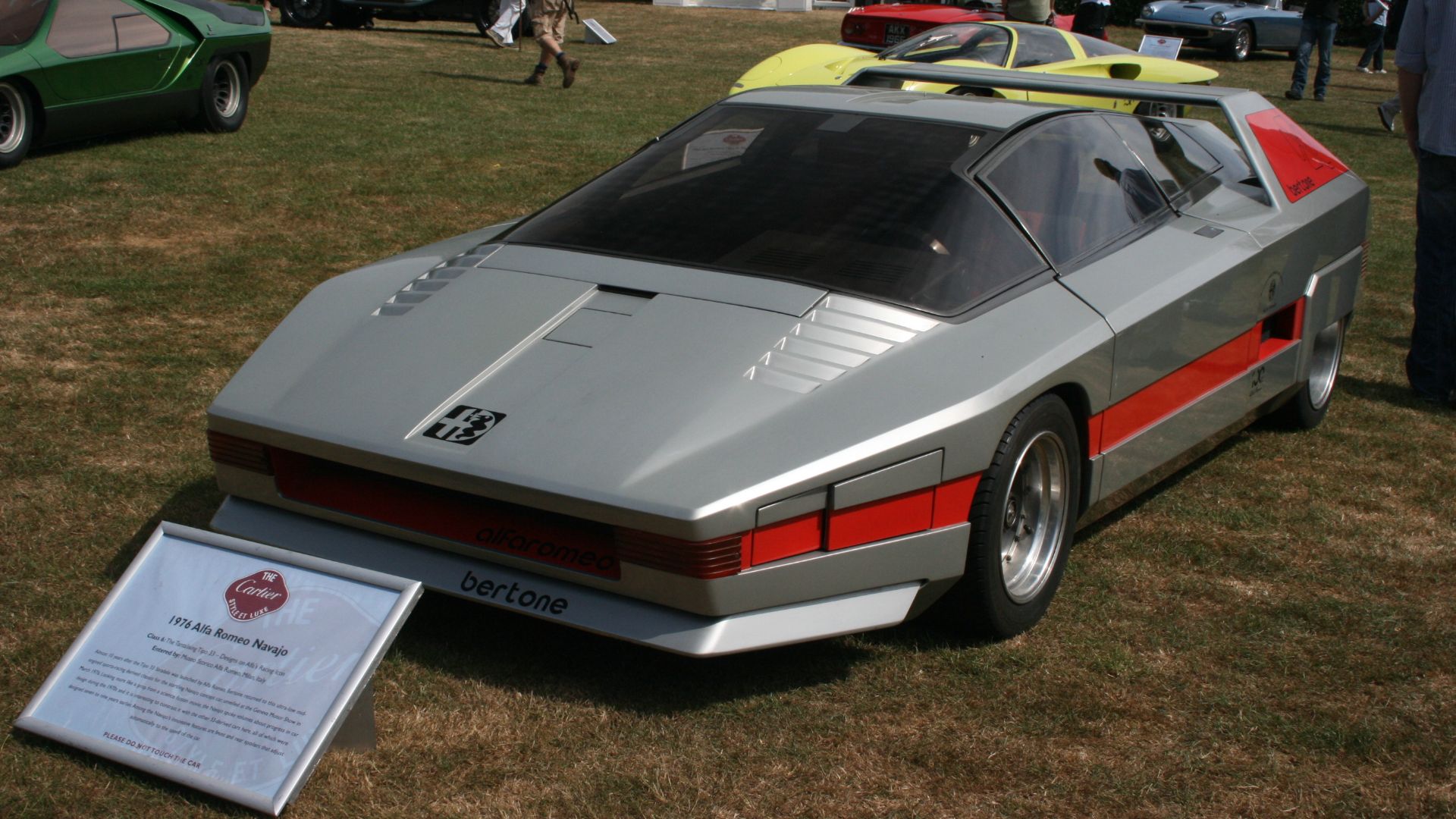 Supermac1961 from CHAFFORD HUNDRED, England, Wikimedia Commons
Supermac1961 from CHAFFORD HUNDRED, England, Wikimedia Commons
Buick Wildcat
Buick used the “Wildcat” name for several concepts, but one of the wildest was the 1985 Wildcat concept—a futuristic sports car with a mid-mounted V6 engine. It featured scissor doors, glass canopy styling, and digital dash displays that looked straight out of Tron. While Buick never followed through, the Wildcat served as proof that even a brand known for cushy sedans could dream about competing with Corvettes and Ferraris. The name has since been recycled, but not with the same flair.
Yamaha OX99-11
One of the strangest entries on this list, Yamaha decided in the early 1990s that it wanted to build a road-going F1 car. The result was the OX99-11: a tandem two-seater powered by a screaming 3.5-liter V12 derived from Yamaha’s F1 program. It had a canopy cockpit and looked more like a fighter jet than a car. Yamaha built a few prototypes, but economic troubles in Japan killed the project. Today, it’s considered one of the greatest supercar “unicorns” never produced.
 The Yamaha OX99-11: A Forgotten V12 Powered Supercar Dream, Chris VS Cars
The Yamaha OX99-11: A Forgotten V12 Powered Supercar Dream, Chris VS Cars
You May Also Like:
These Supercars Were Hand-Crafted For The Super Rich
Insanely Expensive Supercars You've Probably Never Heard Of
Supercars That Were So Dangerous, They Probably Weren't Worth It


